Joan of Arc proudly wore men’s clothing, but her accusers held it up as evidence of heresy. Though she initially agreed to stop wearing men’s clothing, she did not uphold this promise.
Joan of Arc, born around 1412 in Domrémy, France, rose from a humble peasant background to become a pivotal figure in the Hundred Years' War due to her religious visions. Her spiritual encounters, beginning at age 13, inspired her to lead French forces to lift the siege of Orléans in 1429, significantly boosting French morale and contributing to King Charles VII's coronation. Despite her initial success, Joan faced challenges from the English and French courts, ultimately leading to her capture by the Burgundians and a politically motivated trial by the English for heresy. She was executed in 1431, but her legacy as a martyr and symbol of French nationalism endured, culminating in her canonization by the Catholic Church in 1922 as the patron saint of France. Her life continues to inspire as a symbol of independence, courage, and defiance against traditional gender roles, celebrated both religiously and secularly worldwide.
Joan of Arc, born to a peasant family in Domrémy, France, experienced her first religious vision at the age of 13, which she claimed was from Saint Michael and later included Saints Margaret and Catherine, guiding her actions and life decisions.
Her visions motivated her to seek a meeting with King Charles VII, where she persuaded him of her divine mission to liberate France from English control, leading her to play a crucial role in lifting the siege of Orléans in 1429.
Despite her military successes and influence, Joan's unconventional behavior, including wearing men's clothing, contributed to her capture by the Burgundians, who sold her to the English, leading to her trial for heresy.
The trial, marked by procedural inconsistencies and political motivations, concluded with Joan being convicted of heresy and executed by burning in 1431, a decision later overturned posthumously by a rehabilitation trial in 1455.
Joan's legacy as a national hero and martyr was solidified over time, culminating in her canonization in 1922 by Pope Pius XI, and she became a symbol of French nationalism and feminist ideals, revered both within and beyond France.
Feminist, Martyr, Saint—And So Much More
Joan of Arc was a young girl who met her moment. From an unassuming peasant background, her religious visions led her directly to the court of a French monarch, and on to some of the most dramatic battles in history. But her untimely end was as abrupt and explosive as her rapid rise.
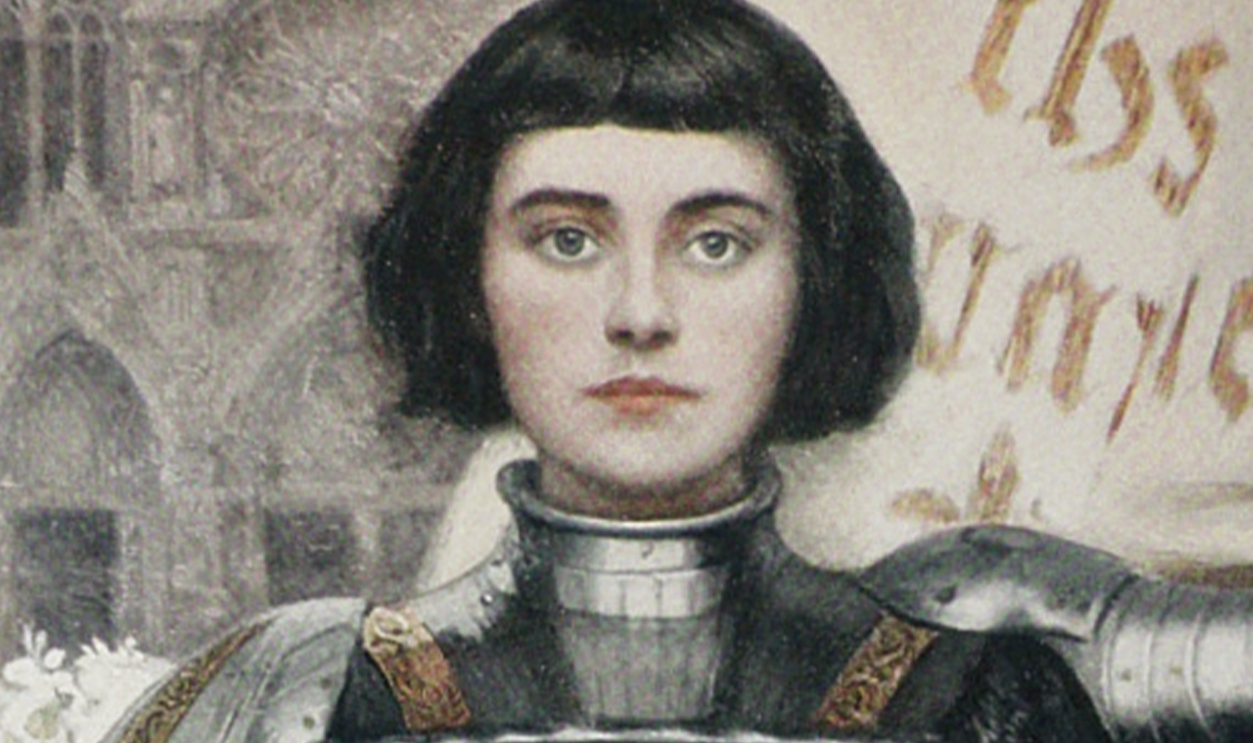
1. She Was Born Amid Turmoil
Joan of Arc was born around 1412 to a peasant family in Domrémy, a village in northeast France. At the time of her birth, France found itself engulfed in a devastating conflict with England, later known as the Hundred Years’ War. The conflict had already devastated the French economy, but Joan’s family fared better than most.
 John Everett Millais, Wikimedia Commons
John Everett Millais, Wikimedia Commons
2. She Had A Successful Father
Joan’s father, Jacques, was a peasant farmer, cultivating crops. The family owned 50 acres of land, and on top of the profits they made from produce and livestock, Joan’s father raked in extra income by working as an official tax collector and as head of the village watch. A capable man, his daughter seemed to have inherited his work ethic.
 Swedish National Heritage Board from Sweden, Wikimedia Commons
Swedish National Heritage Board from Sweden, Wikimedia Commons
3. She Was A Hard Worker
Joan’s life, like most peasants, would not have been easy growing up, but she rarely complained. Always committed to her duties, she spent her youth spinning wool and helping out around the house. She also got her hands dirty, working with her father in the fields and tending to the family’s livestock.
However, she had one more responsibility that would prove crucial to her later rise.
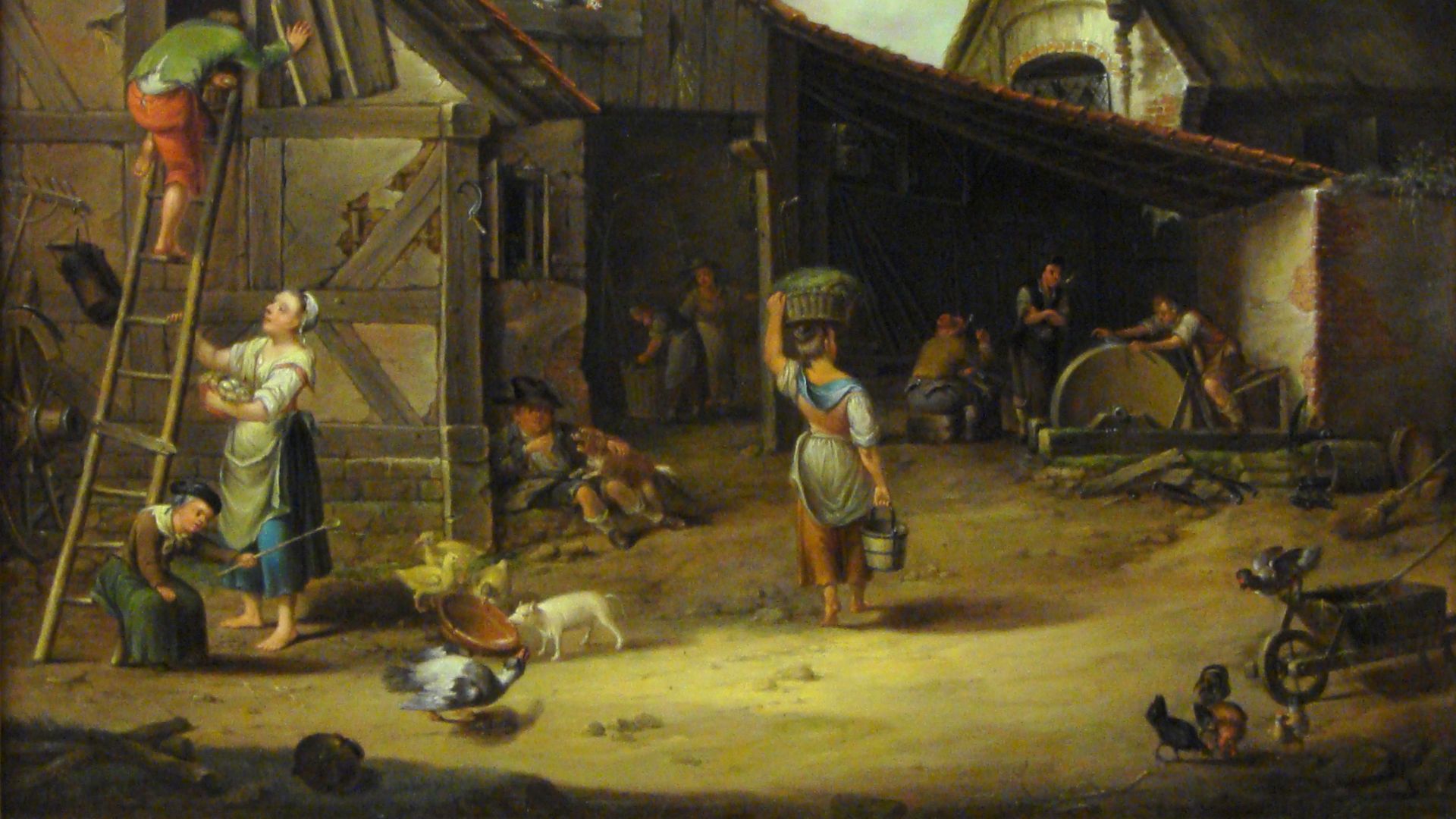
4. Her Mother Cultivated Her Faith
Joan received her religious education from her mother, Isabelle. Isabelle was a strict woman, but she piously ensured her daughter’s religious knowledge was of a high standard, which would later help Joan’s case with the royal family. Unfortunately, her education may have been a little too narrow.
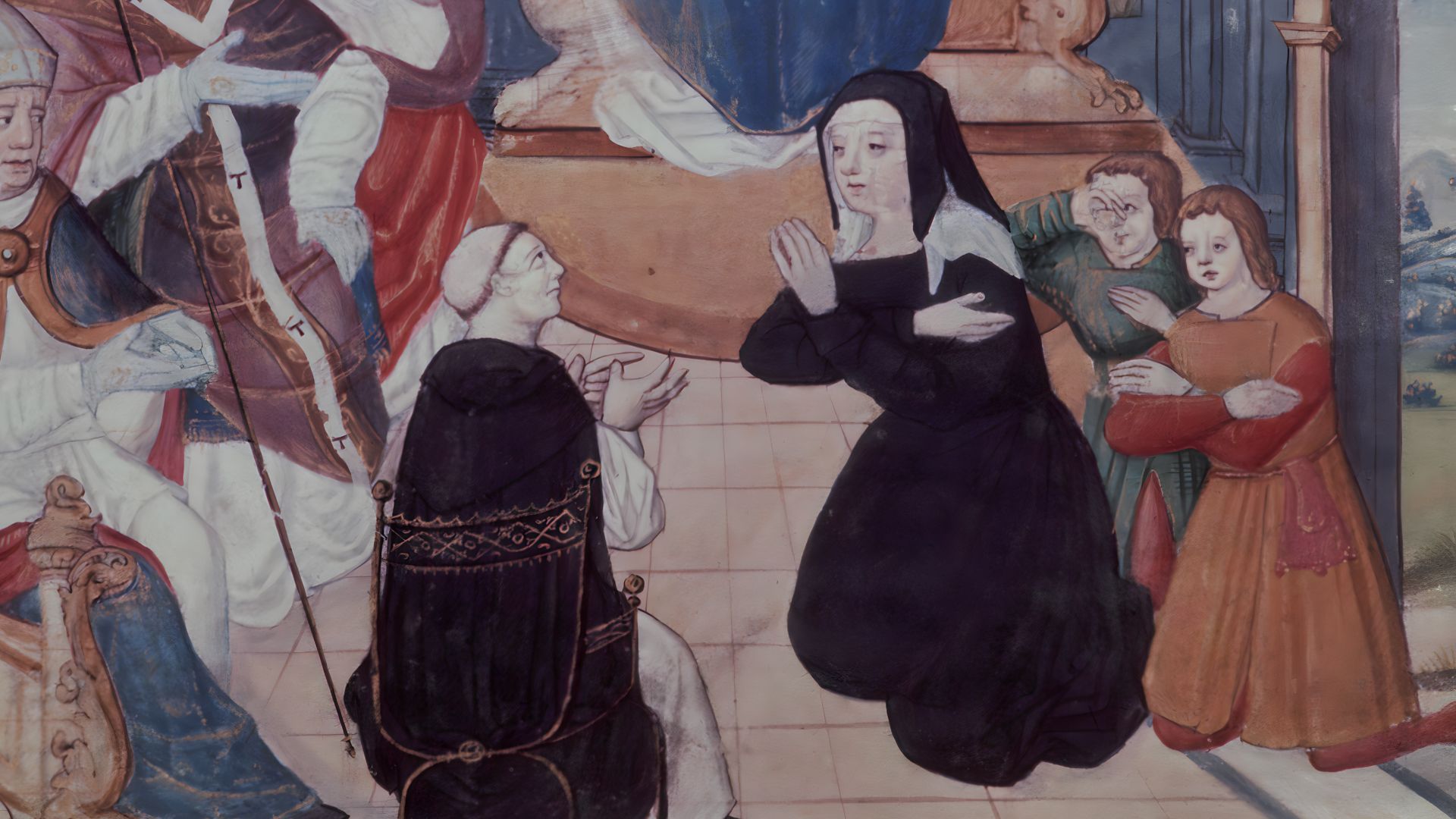
5. She Was Illiterate
Joan never learned to read or write. This was, of course, not uncommon for women of her socioeconomic status at the time. This would prove difficult later, when her duties required her to send letters; Joan would dictate these letters to a scribe. However, she may have been more scholarly than her parents.
Wikimedia Commons6. She May Have Pursued Education
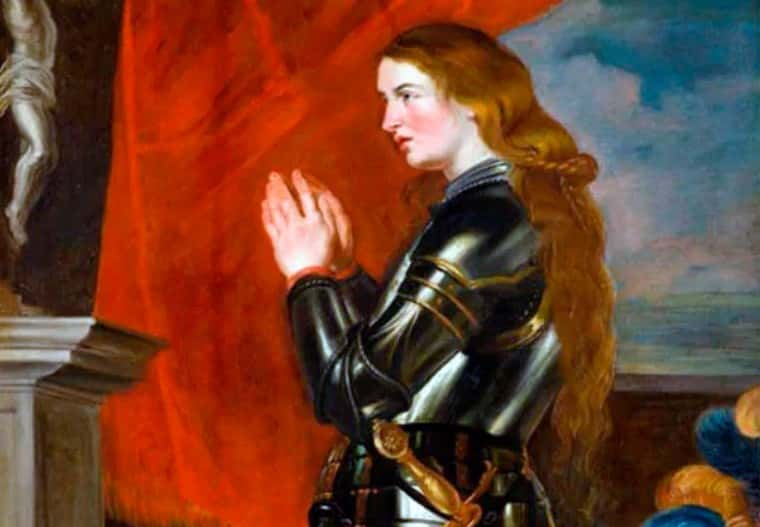
Some of Joan’s letters later unearthed bore her signature. This indicated that, at the very least, she learned to sign her name. Some historians have even argued that she may have learned how to read. Though this is heavily disputed, it would be on brand for such a capable young woman as her. Either way, she didn’t need words when God was ready to show her the way.
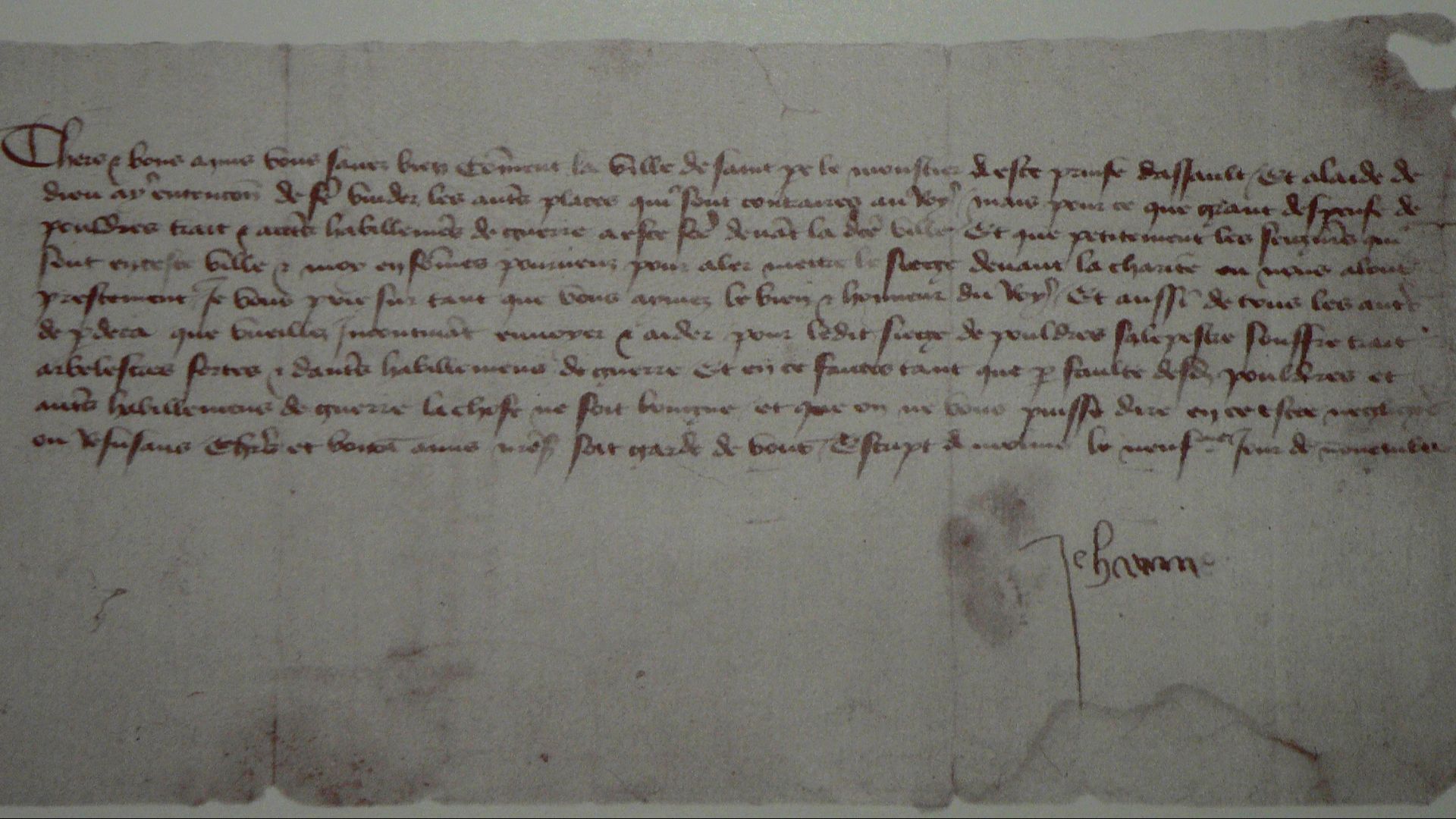
7. Her Village Got Raided
Joan’s area, though small and relatively insignificant, could not escape the ongoing conflict. In 1425, her village came under attack from the followers of a local rogue soldier who was taking advantage of the chaotic conditions created by the conflict. The bandits thieved many cattle, though the village and its inhabitants remained largely unscathed. It was a significant event, however, because it preceded Joan’s first vision.
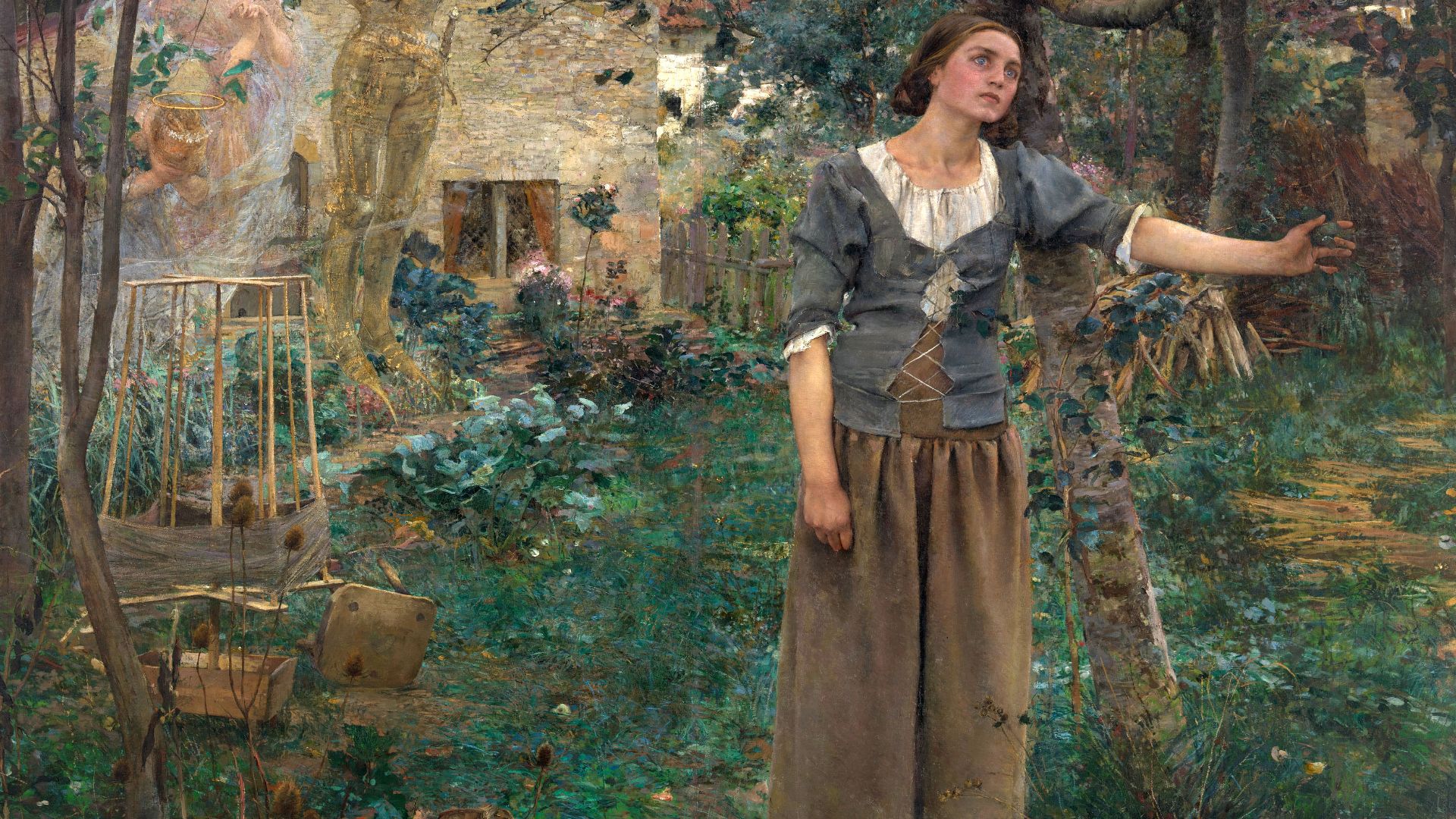 Jules Bastien-Lepage, Wikimedia Commons
Jules Bastien-Lepage, Wikimedia Commons
8. She Witnessed Divinity
Joan, who was around 13 at this time, claims to have had a religious vision shortly after the raid. According to her account, Saint Michael appeared to her while she toiled in her father’s garden, joined by angels. Michael told her to “be good” and “go to church often," and she cried after they left as she had wanted to go with them. Little did she know, this would not be the last time she saw them.
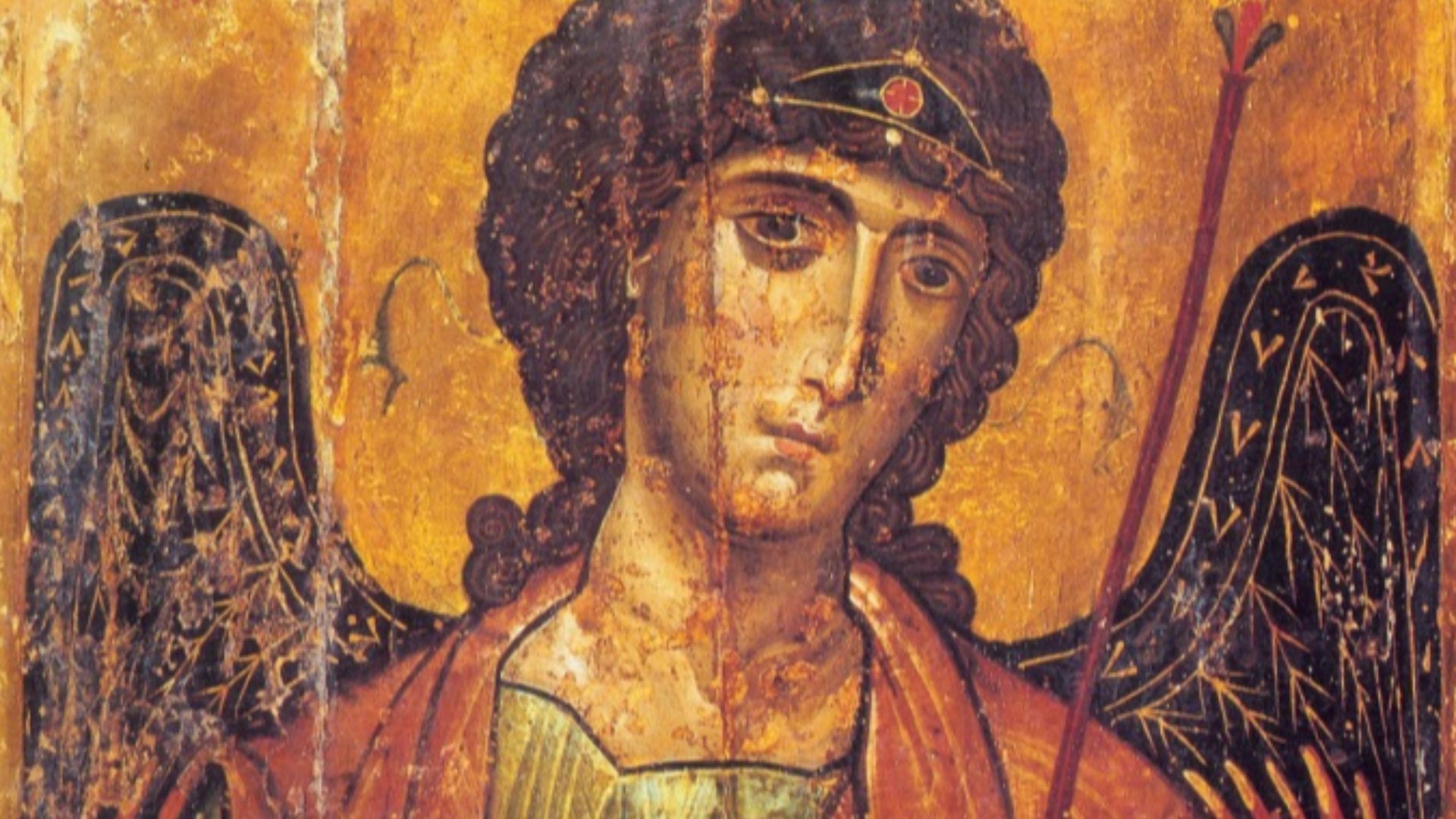 Anonymous Byzantine painter (395-1453 AD) Public domain image , Wikimedia Commons
Anonymous Byzantine painter (395-1453 AD) Public domain image , Wikimedia Commons
9. Her Visions Continued
The vision of Saint Michael was the first of many. Joan claimed that they became frequent events in her life, and most often occurred when the village church bells rang; at one point, this reached three separate visions daily. The cast of characters would grow too.
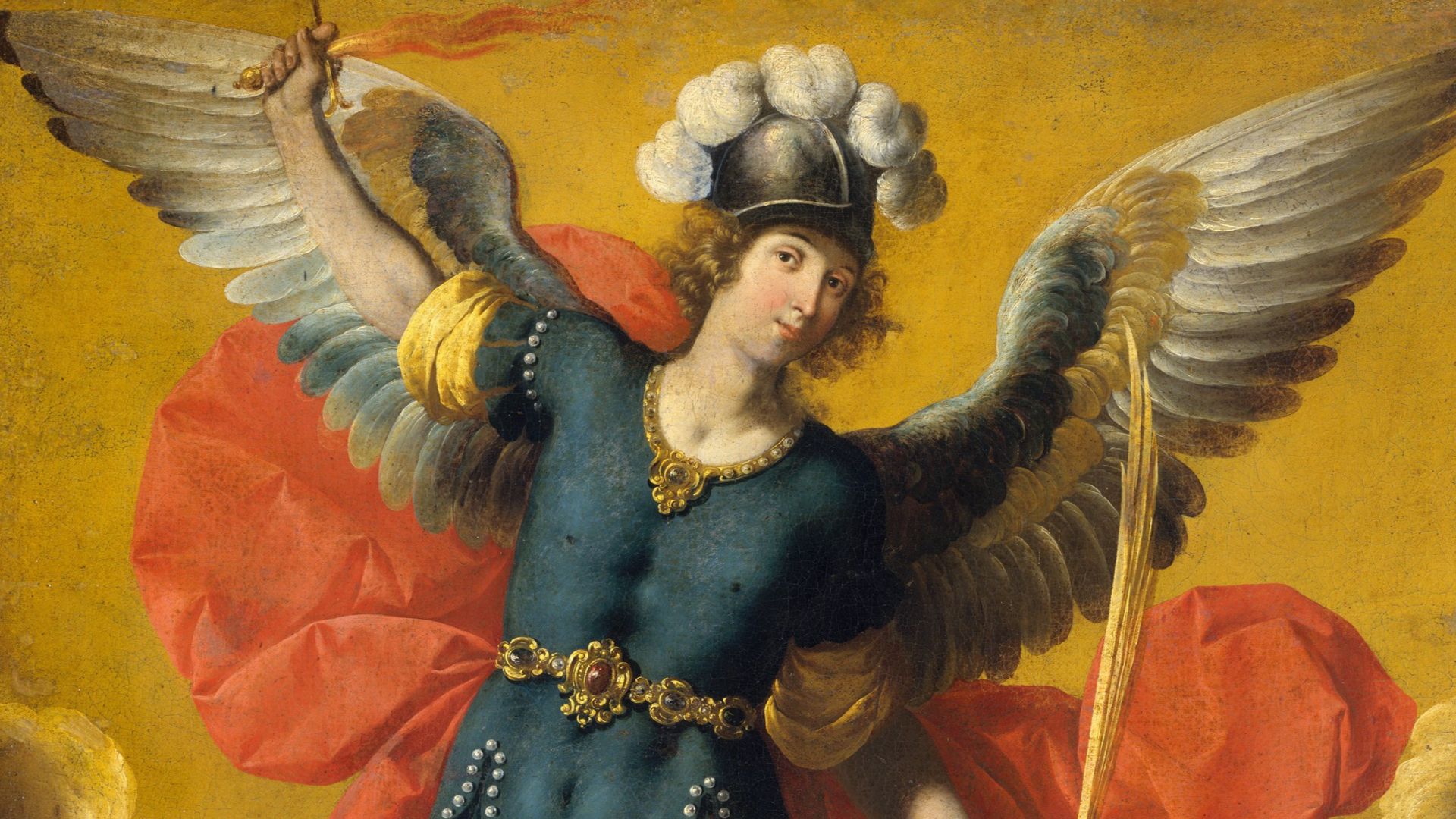 Ignacio de Ries, Wikimedia Commons
Ignacio de Ries, Wikimedia Commons
10. She Met Some Other Saints
Joan began to receive apparent communications from other spirits too, namely Saint Margaret and Saint Catherine, two saints who were well-known in the area. She claimed that they would check in on her and make sure that she was fasting for Lent. When later asked how she knew the women were Margaret and Catherine, Joan stated that Saint Michael told her to expect visits from them. She may have seen them as kindred spirits.
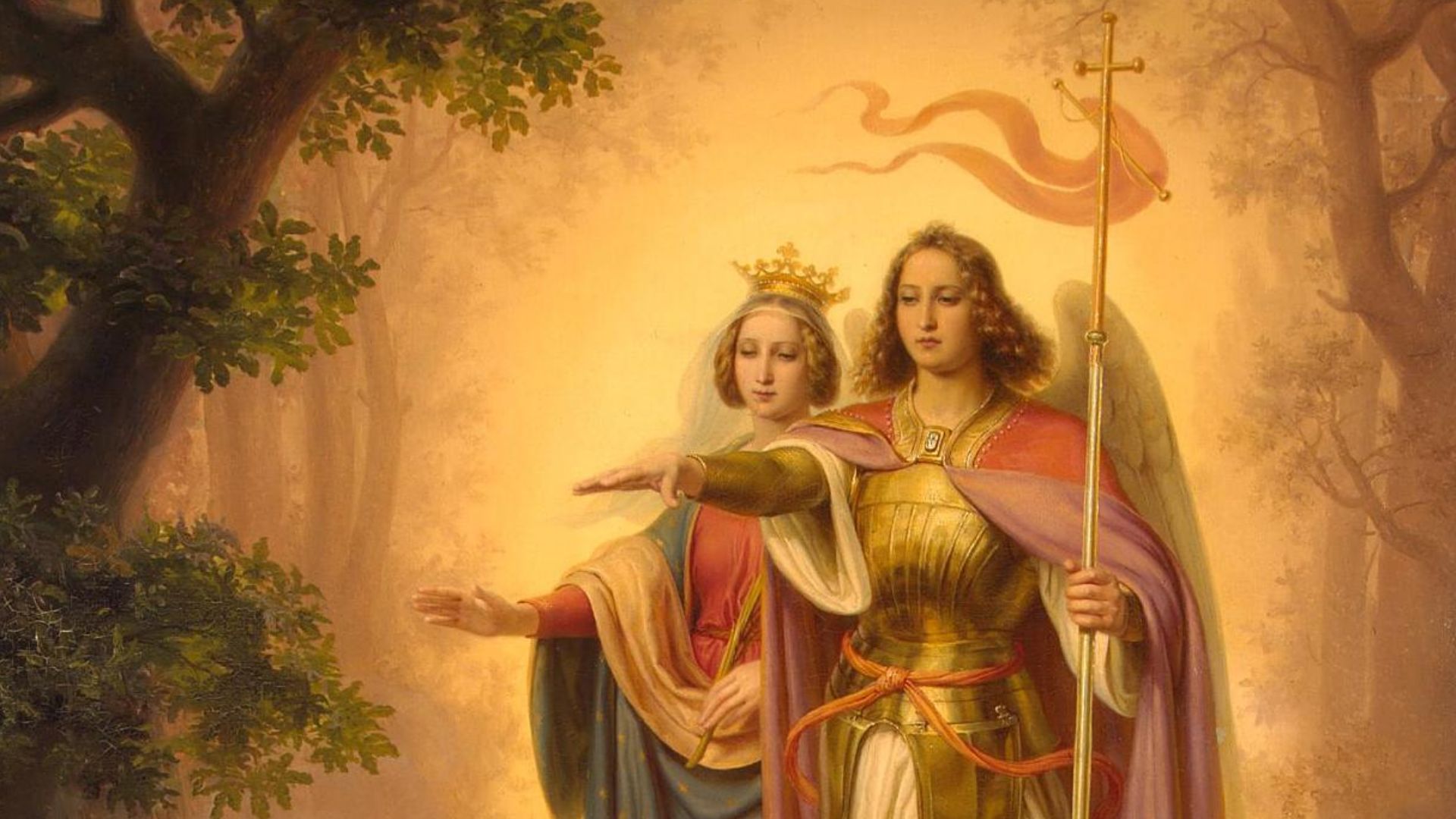 Hermann Stilke, Wikimedia Commons
Hermann Stilke, Wikimedia Commons
11. She Swore A Vow
Saints Catherine and Margaret were considered virgin saints who fought against threatening foes, but they paid a high price for this. They were doomed to be martyrs. Still, they kept their virtues intact—right to the bitter end. This would completely mirror Joan’s life story, and they clearly inspired her: She herself made a vow of virginity and honored it for the rest of her life. But not everyone loved piety.
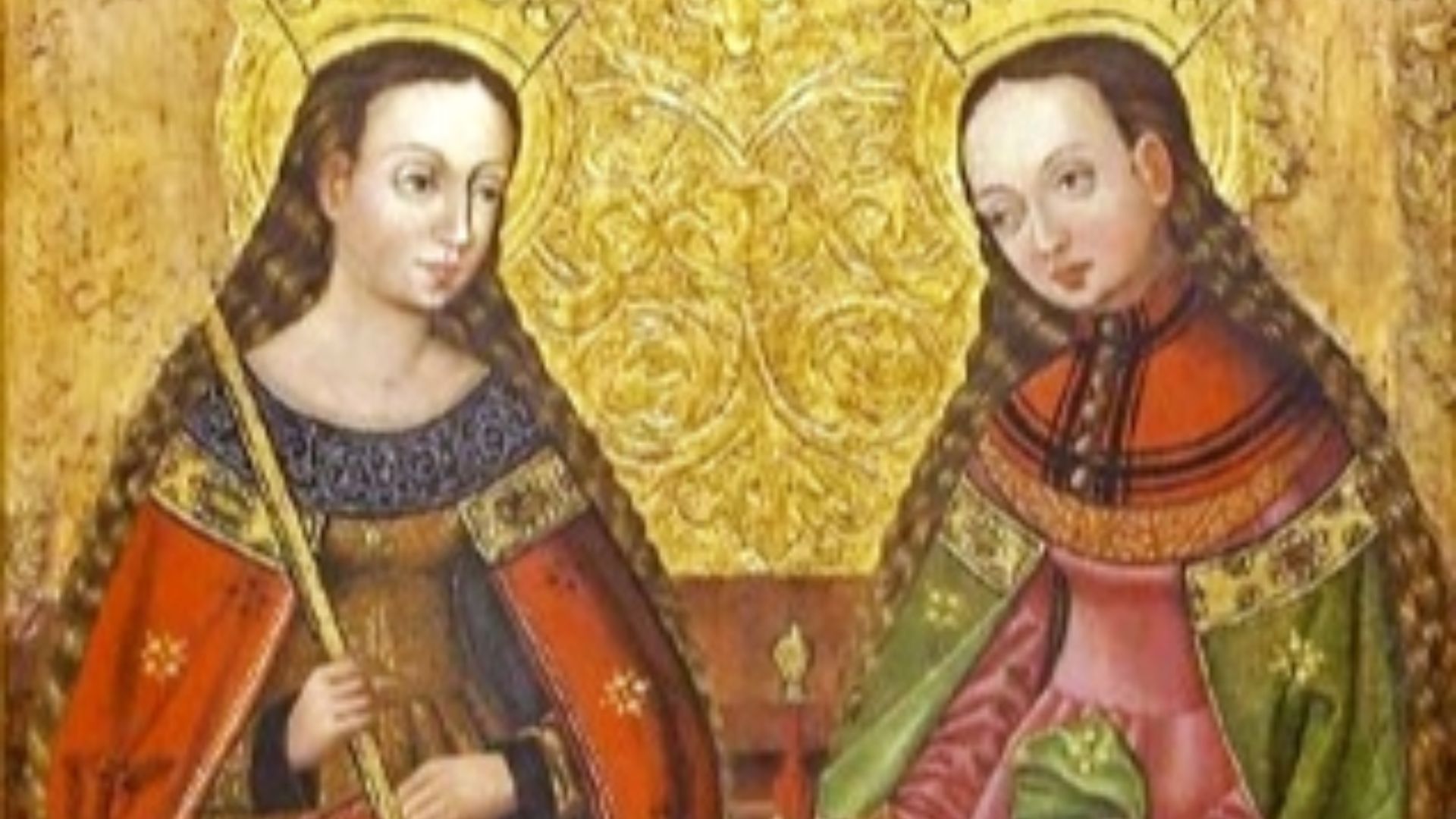
12. She Spurned A Young Man
A young man from Joan’s village claimed that he was engaged to wed her. Whether or not this was true, Joan’s newly sworn vow of celibacy meant now that she would take no husband, which drew the ire of the young man. He took up the matter with an ecclesiastical court, but they dismissed the case on Joan’s word that she never agreed to marry this man in the first place.
The young woman’s powerful visions drove her life from then on, but was she really seeing these heavenly saints?
Wikimedia Commons13. Her Visions May Have Simply Been Illness
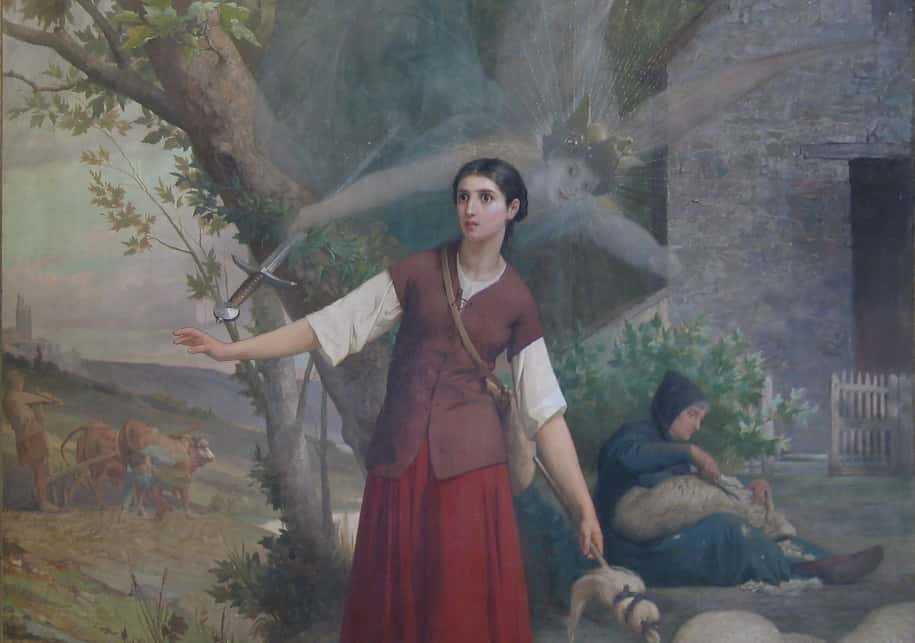
Though theologians at the time believed Joan’s visions had a supernatural source, modern historians have suggested differing causes. Most of these theories cite neurological or psychiatric causes, including delusional disorder, hallucinations caused by epilepsy, schizophrenia, or creative psychopathy influenced by childhood trauma.
However, there may have been another, more local motivating factor for her visions.
Pixabay14. She May Have Taken Inspiration From A Prophecy
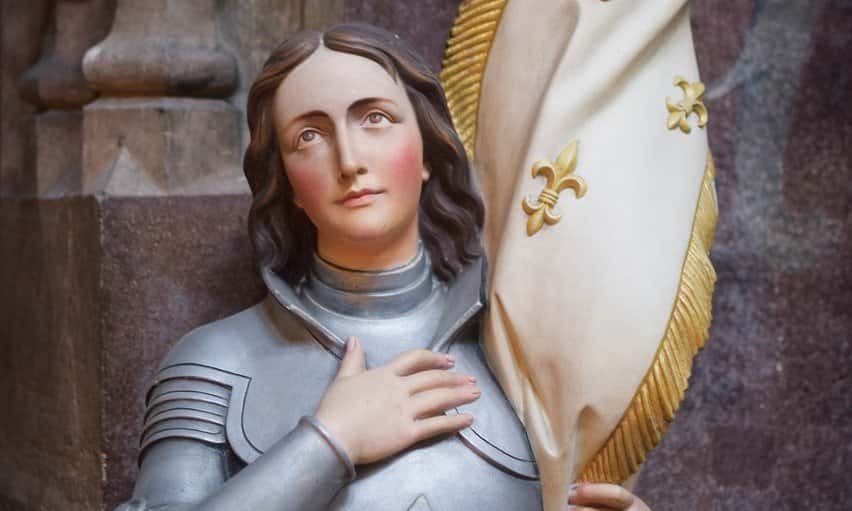
Marie Robine of Avignon was a French mystic, who came before Joan's time. Robine claimed to have had visions too, and many of her resulting prophecies circulated throughout the French countryside. One particular vision promised an armed virgin would arise from obscurity to save France from the English scourge. Joan may have cast herself in that role, and she earned a reputation for it.
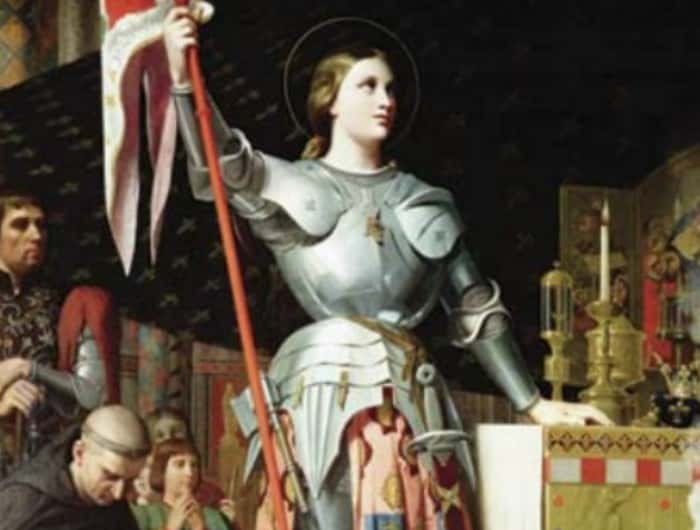 Wikimedia Commons
Wikimedia Commons
15. She Got Summoned By A Duke
Joan became well known in the area for her outspoken recounting of her visions, and her claim to be the maiden savior of France. Charles II, Duke of Lorraine, caught wind of Joan’s story while suffering through a sickness. Believing she may have supernatural curing powers, the duke summoned her to court. Joan had some choice words for him.
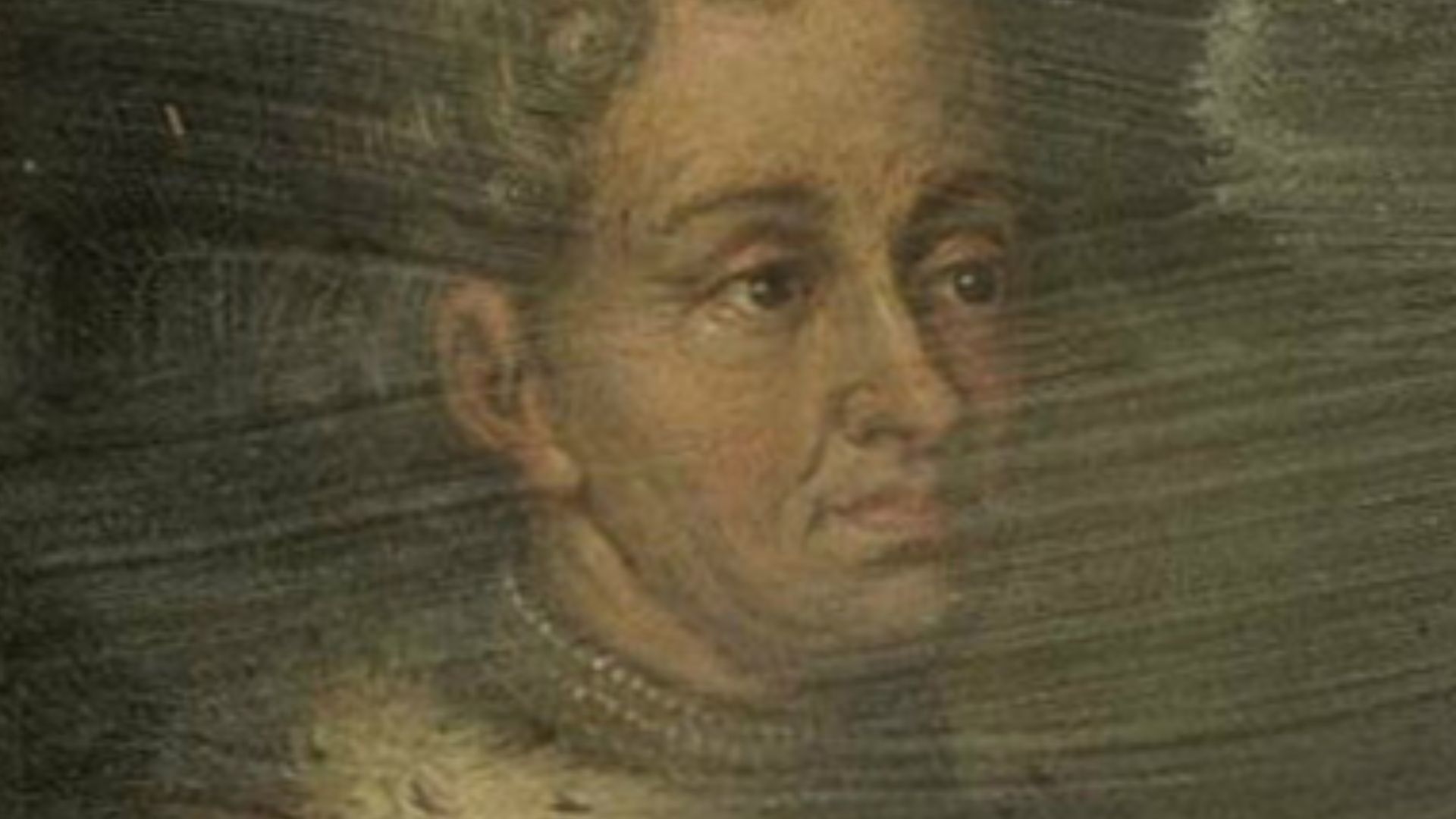 Artiste inconnu, Wikimedia Commons
Artiste inconnu, Wikimedia Commons
16. She Did Not Fear Authority
Charles II was well known in the region for his recent abandonment of his wife in favor of his mistress, who he was now living with. Upon their meeting, Joan did not mince words. After informing the duke that she did not possess healing powers, she reprimanded his extramarital affair. Perhaps it was her growing reputation that stopped her from facing harsher consequences.
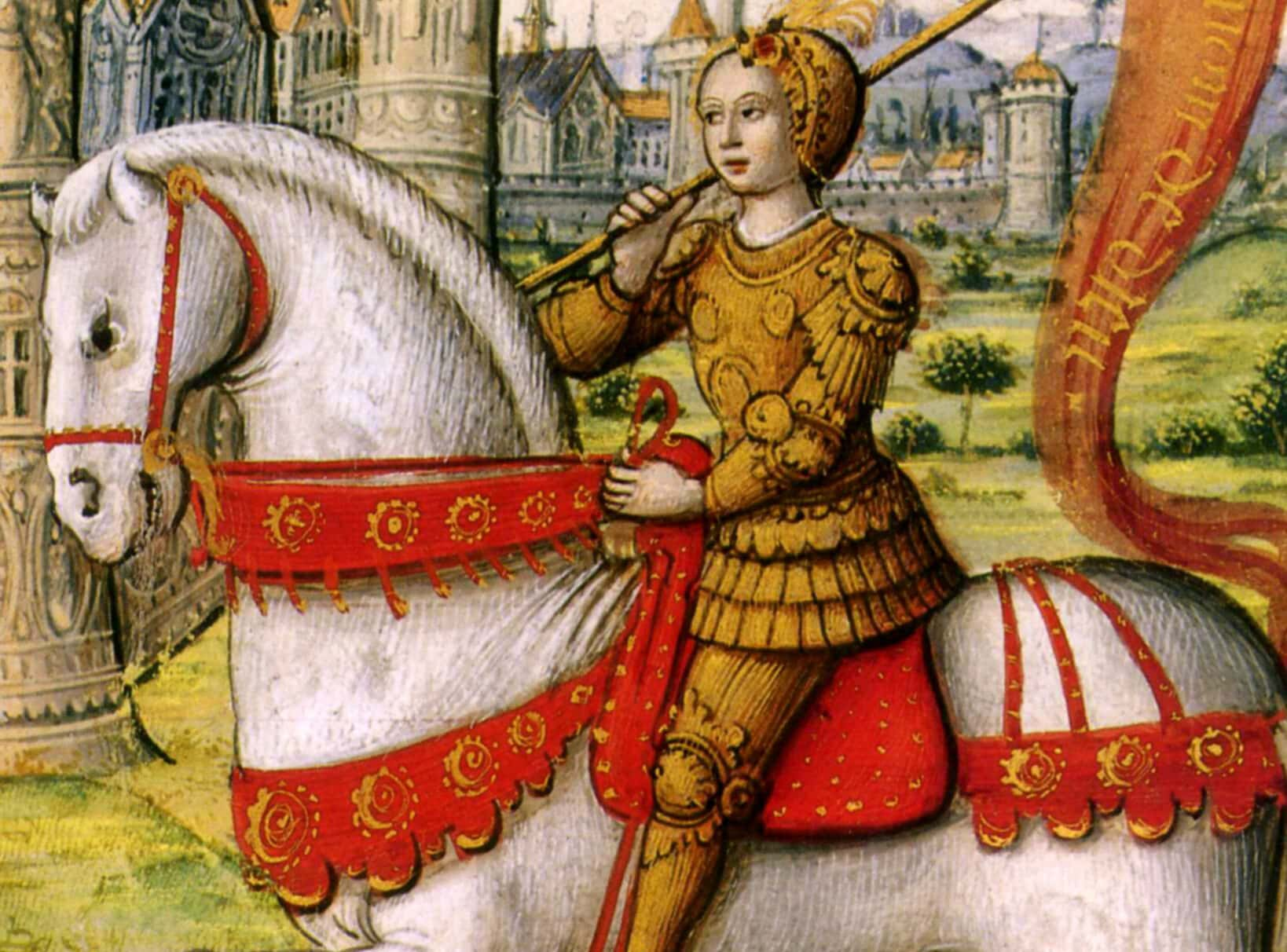 Wikimedia Commons
Wikimedia Commons
17. She Made A Name For Herself
Now several years after her first vision, Joan had become a well-known figure locally, and she did not hesitate to advocate for herself. She let anyone who would listen know that her motivations arose from divine guidance from angels and saints alike to lead France to victory against England and save the country. Such bold claims certainly got her the attention she wanted.
 Pietro Luchini, Wikimedia Commons
Pietro Luchini, Wikimedia Commons
18. She Requested A Meeting With The King
All this time, Joan had openly sought a meeting with the king to convince him to allow her to pursue her ordained destiny. The military situation was growing increasingly dire for the French, and perhaps because of this, King Charles VII finally agreed to a meeting with her in 1429. Joan knew she needed to make a statement.
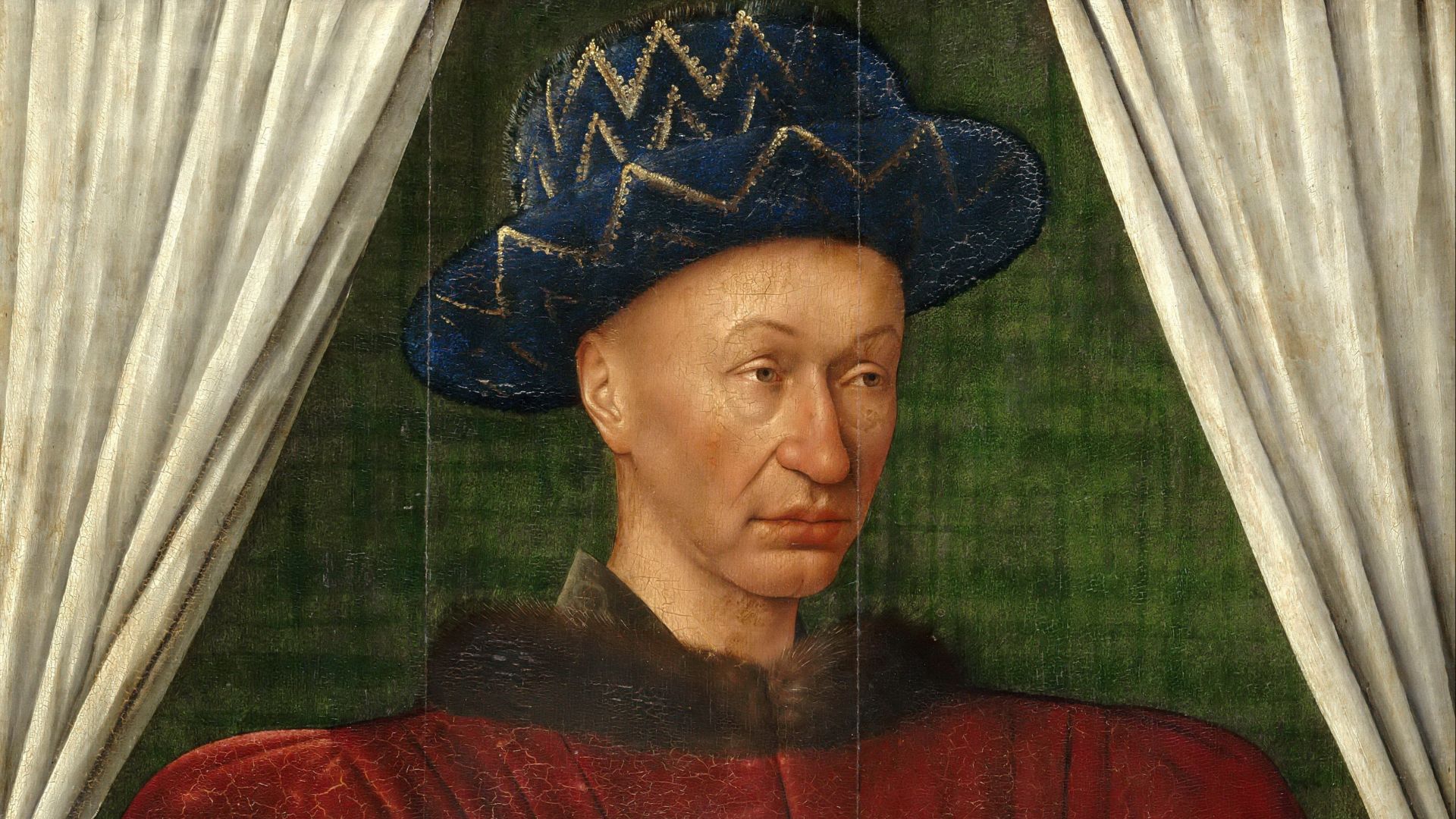 Eugene a, Wikimedia Commons
Eugene a, Wikimedia Commons
19. She Donned Her Iconic Clothing
The crown agreed to send a royal escort of six officers for Joan’s journey to meet the king. Before leaving, they offered her clothing befitting a lady. But Joan, ever the individual, said she would prefer to travel dressed in men’s clothing, a fashion choice she would become widely known for.
But it was not just her clothes that made an impression.
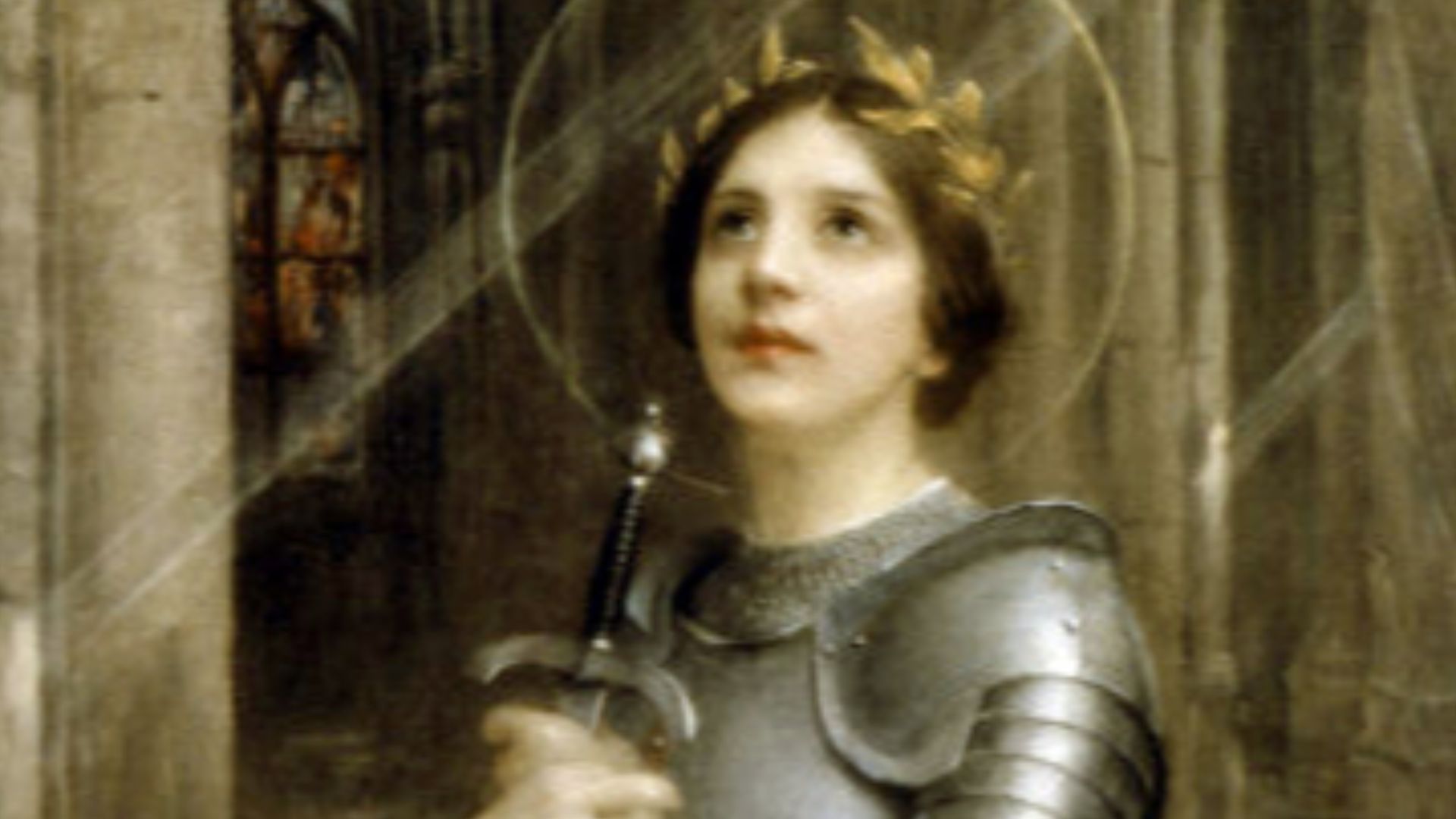 Charles-Amable Lenoir, Wikimedia Commons
Charles-Amable Lenoir, Wikimedia Commons
20. She Impressed The Monarch
Joan finally met King Charles VIII around February or March 1429, when she was just 17 years old. She boldly proclaimed that she would raise the siege of Orléans, but that wasn't all. She also promised to lead the king to Reims for his coronation (which, because of the conflict, had not ceremoniously occurred yet).
After another private meeting between the two, Charles found himself convinced, citing Joan’s devotion and purity as inspiration for the trust he placed in her. But there was one more test, just to be sure.
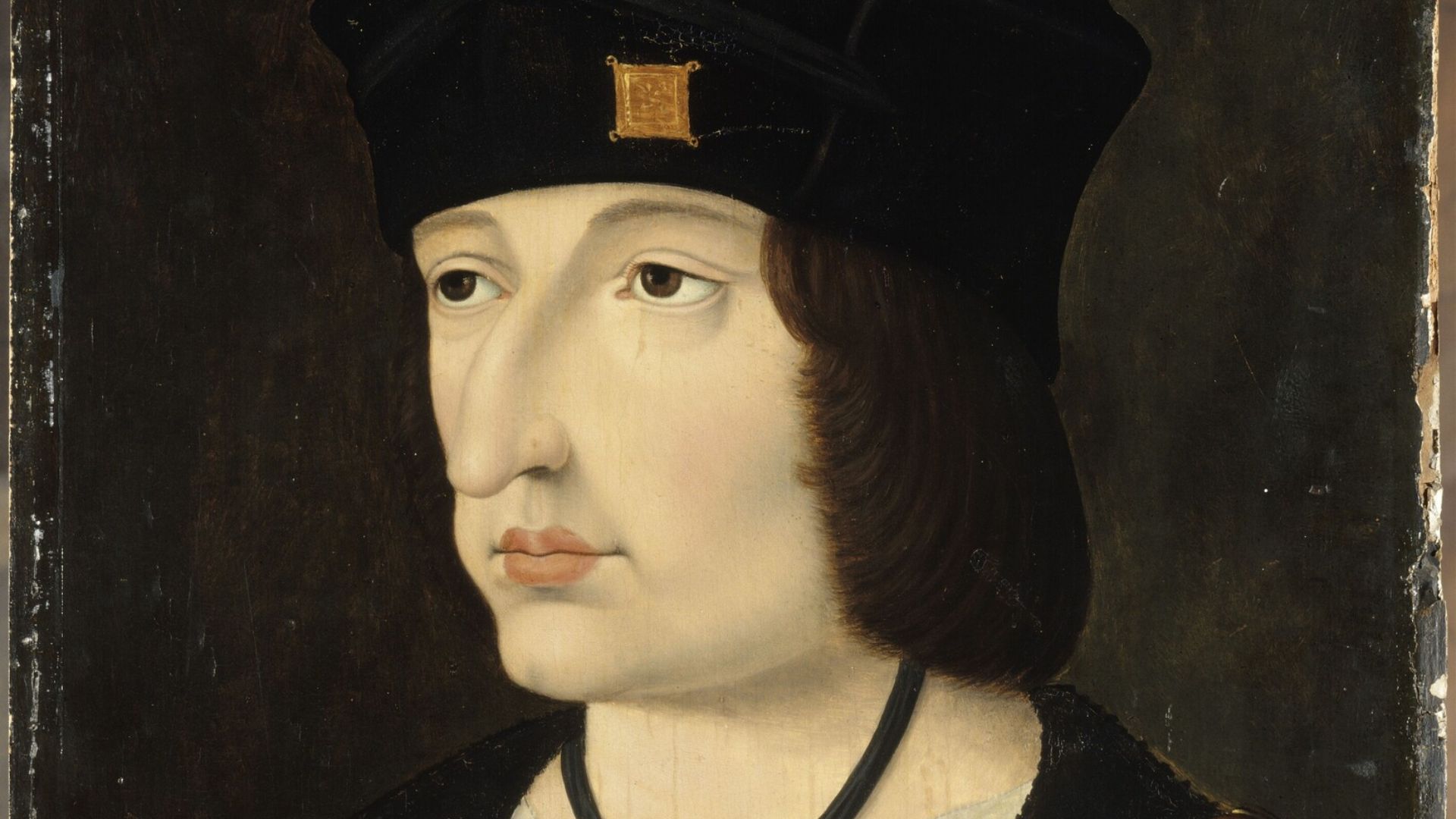 anonymous / After Jean Perreal, Wikimedia Commons
anonymous / After Jean Perreal, Wikimedia Commons
21. She Underwent Rigorous Assessment
Needing a little more assurance, Charles had Joan seen by a council of theologians. Though they found her to be a good person and a good Catholic, they still cast some doubt on her divine inspiration. Nonetheless, they concluded it would be a good idea to send her to Orléans to put that divinity to the test.
A group of women also checked and confirmed that she was indeed a virgin. With that, the crown kitted her out.
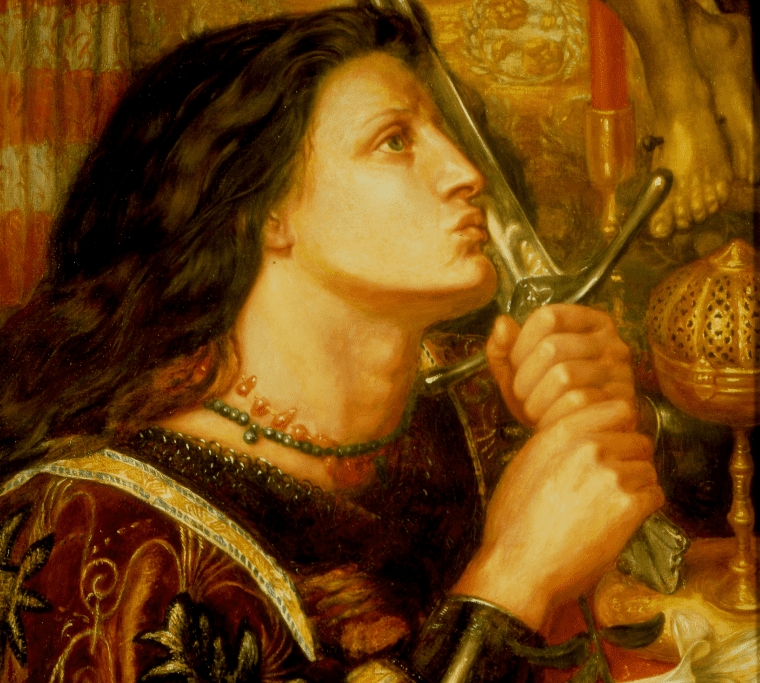 Wikipedia
Wikipedia
22. She Had A Knightly Makeover
Bolstered by these tests, the crown commissioned a set of plate armor for Joan. They also gave her a sword and permitted her to fashion her own banner. After she took up the moniker “Joan the Maiden," the stage was set for Joan's showdown with destiny.
 Stock Montage, Getty Images
Stock Montage, Getty Images
23. She Got Sent As Backup
The crown sent Joan to Orléans as part of a relief army. The King’s forces, known as the Armagnac, had been under prolonged siege in the city. Though they were holding out relatively well, morale among the men was at an all-time low due to how long the conflict had already been going. The arrival of a mysterious young maiden changed everything.
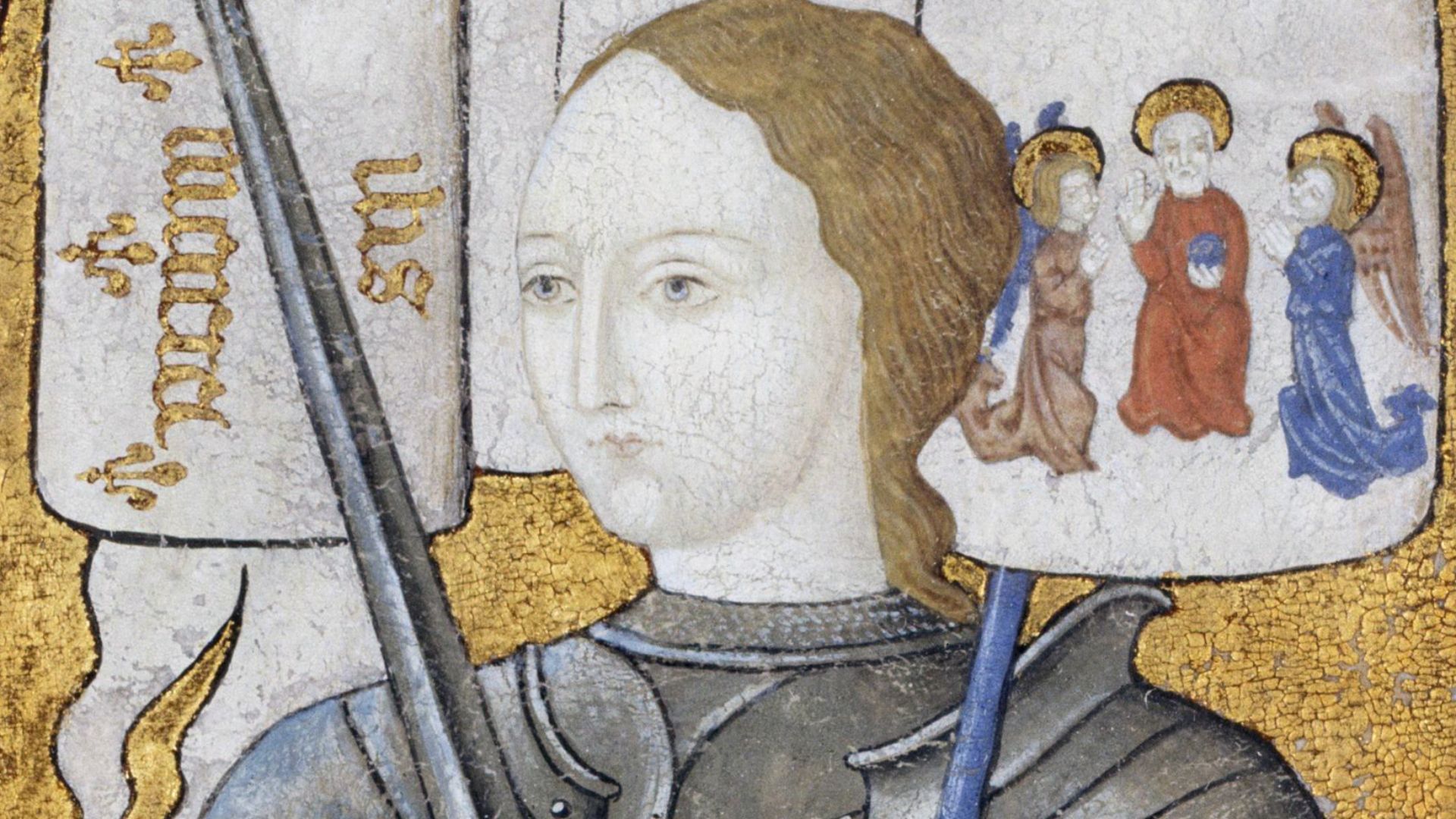 Meidosensei, Wikimedia Commons
Meidosensei, Wikimedia Commons
24. She Had A Warm Welcome
Joan's arrival was like a warm wind, lifting the spiriting of the downtrodden men. Many found themselves reenergized by the promise of divine assistance in the conflict. Though Joan was not given any formal power, her presence among the front ranks rapidly gained her favor among the men.
Armagnac commanders would sometimes even accept her strategic recommendations. It was a pioneering dynamic.
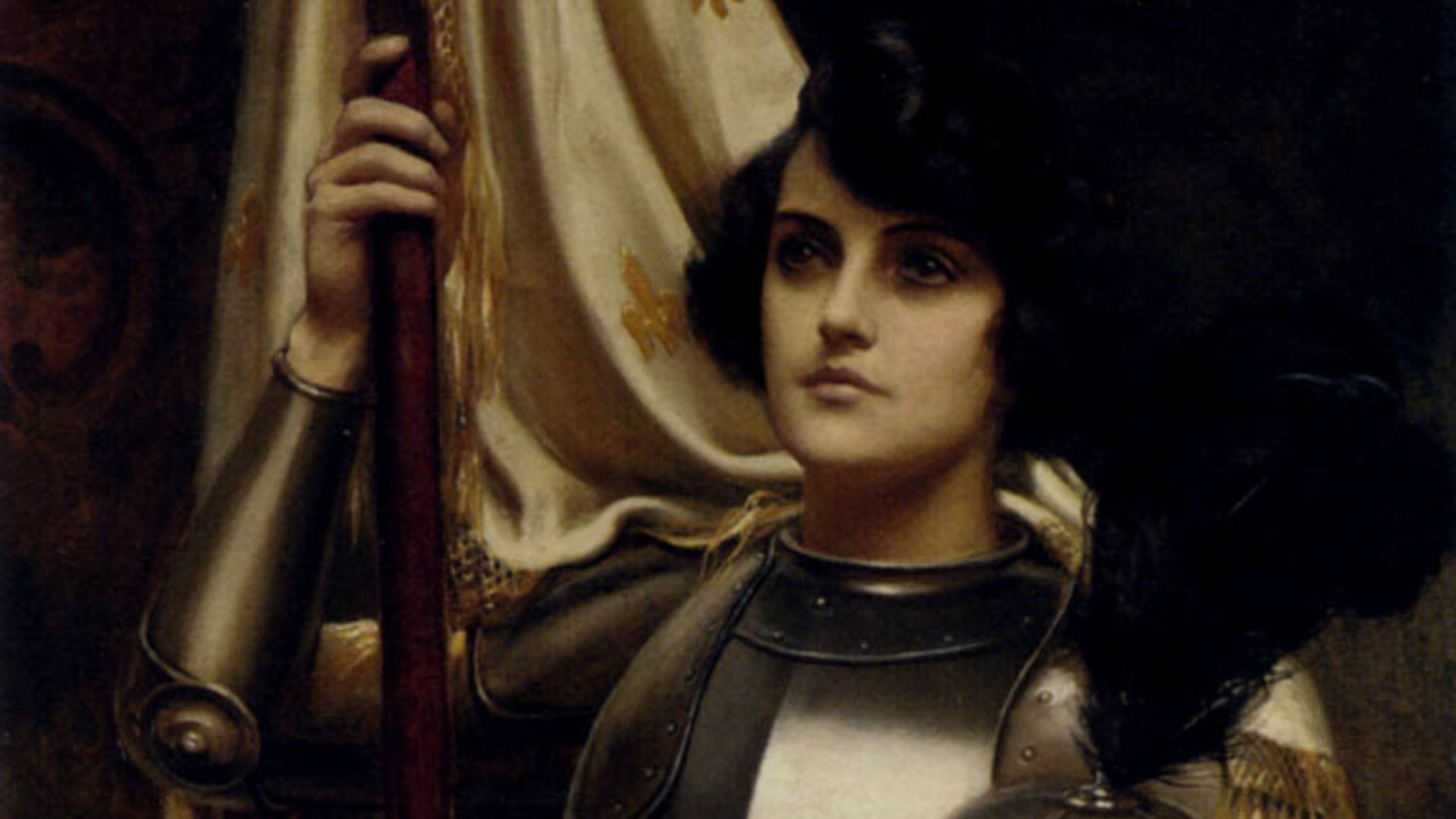 Harold Piffard, Wikimedia Commons
Harold Piffard, Wikimedia Commons
25. She Smashed The Glass Ceiling Early
Joan’s respect within the armed forces and ability to influence battle tactics marked a trailblazing moment for women in France. She turned traditional gender roles on their heads. Never before did a woman have such huge responsibility at the top level, let alone one so young. Even her dressing in men’s clothing was unheard of at the time. And the respect Joan commanded led to results.
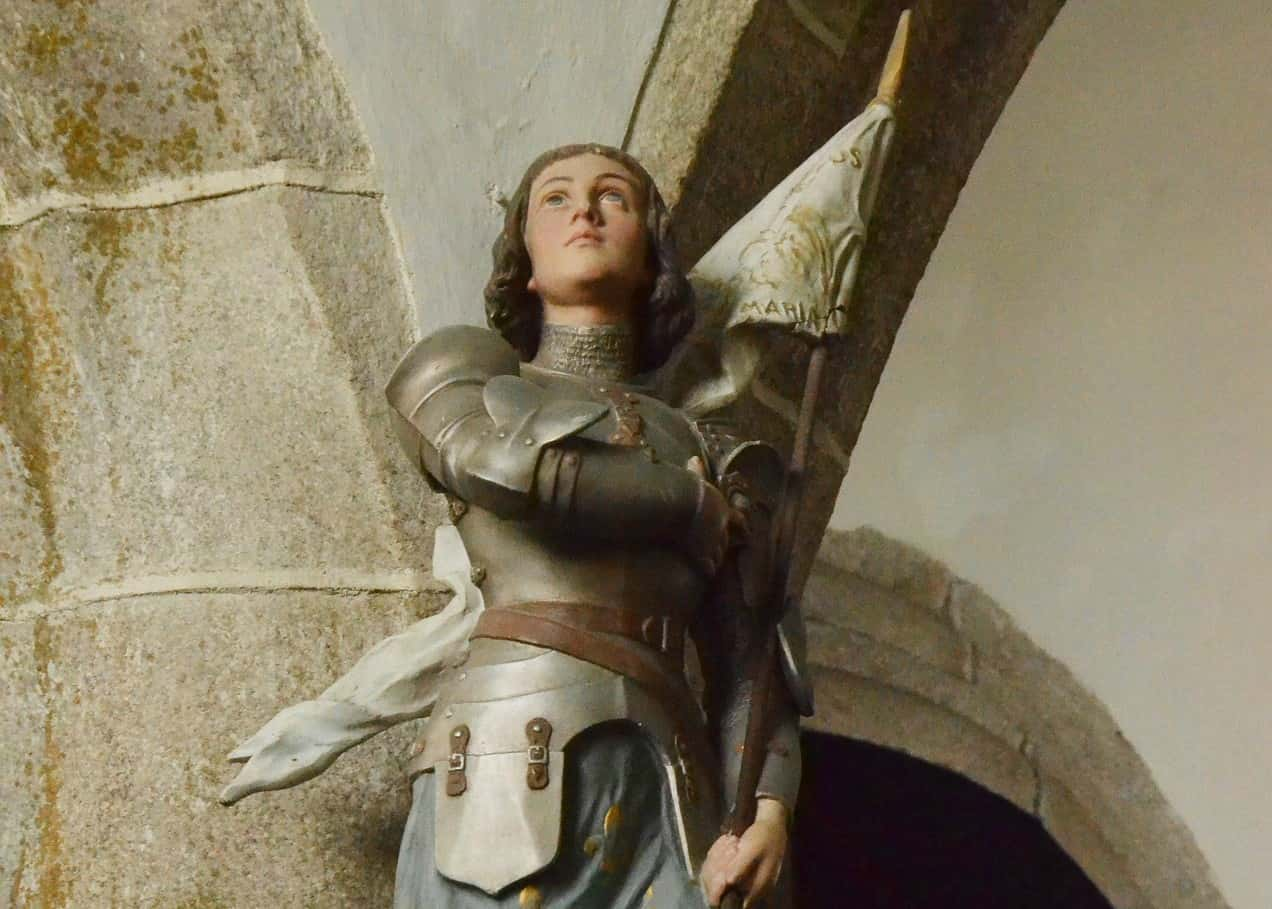 Pixabay
Pixabay
26. She Inspired The Charge
On May 4, 1429, the Armagnacs switched into attack mode, having been merely holding their position up until this point. Joan played a major role here once again, hoisting a banner high and heading toward the battle. Her appearance had a huge impact on the soldiers, especially since she arrived in the face of a failed mission.
Spurred on by the young maiden, they didn't give up and re-grouped, going on the offensive once more and capturing the fortress. The shift in the tide of battle proved decisive.
 UniversalImagesGroup, Getty Images
UniversalImagesGroup, Getty Images
27. She Saved The Day
On May 8, just days after Joan arrived at Orléans, the English army retreated after the French took their main stronghold. Having been at a stalemate for almost seven months, the shift in the balance of forces marked an astounding moment for Joan’s newfound influence and proved a turning point in the Hundred Years’ War. She sealed her reputation.
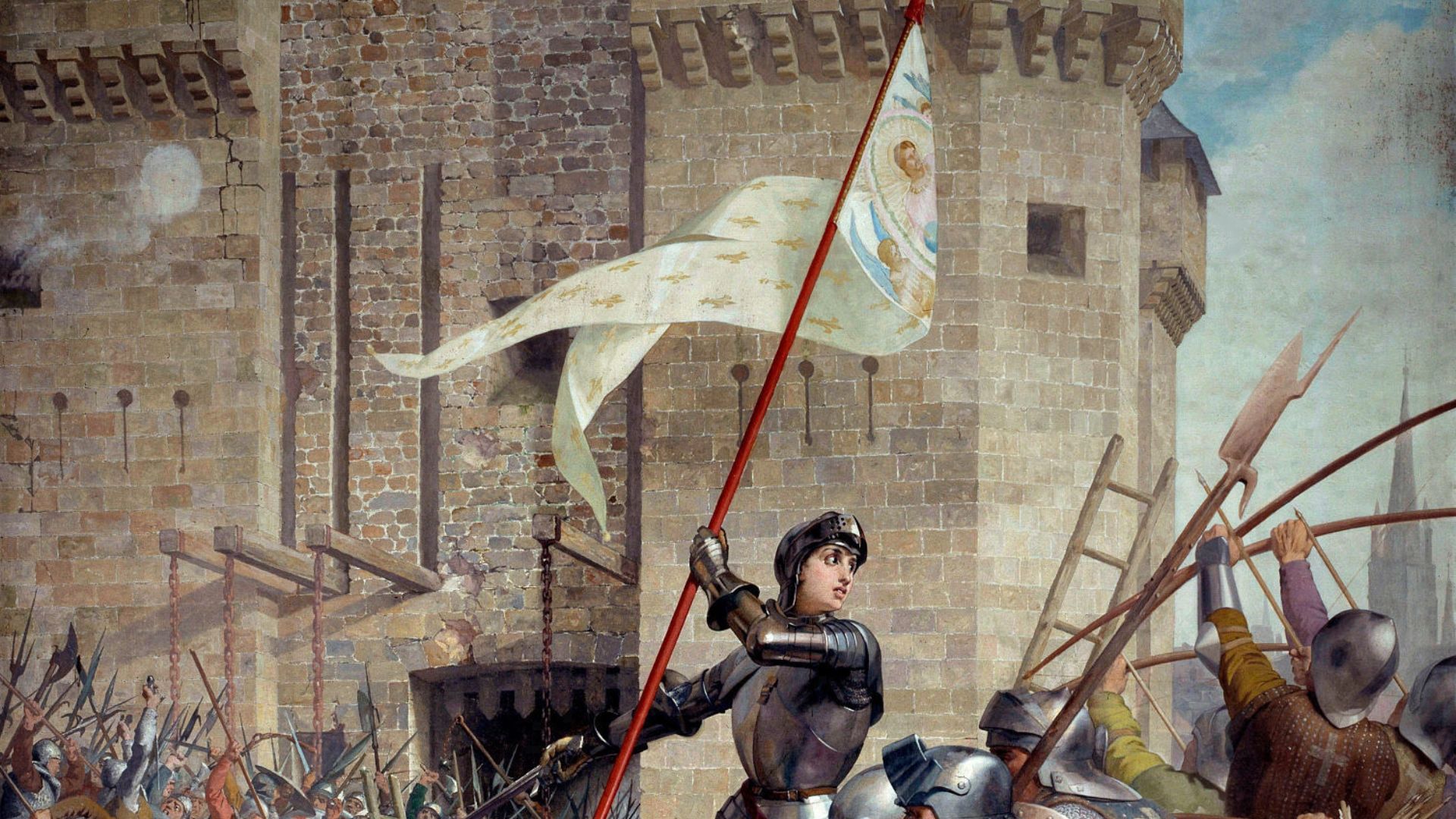 Eugène Lenepveu, Wikimedia Commons
Eugène Lenepveu, Wikimedia Commons
28. She Proved Her Stature
Many saw the lifting of the siege to be a sign that Joan was indeed, as she had been claiming, sent by God. Many important clergymen and theologians found themselves inspired to publicly support her following her unbelievable successes. But Joan had unfinished business with the English.
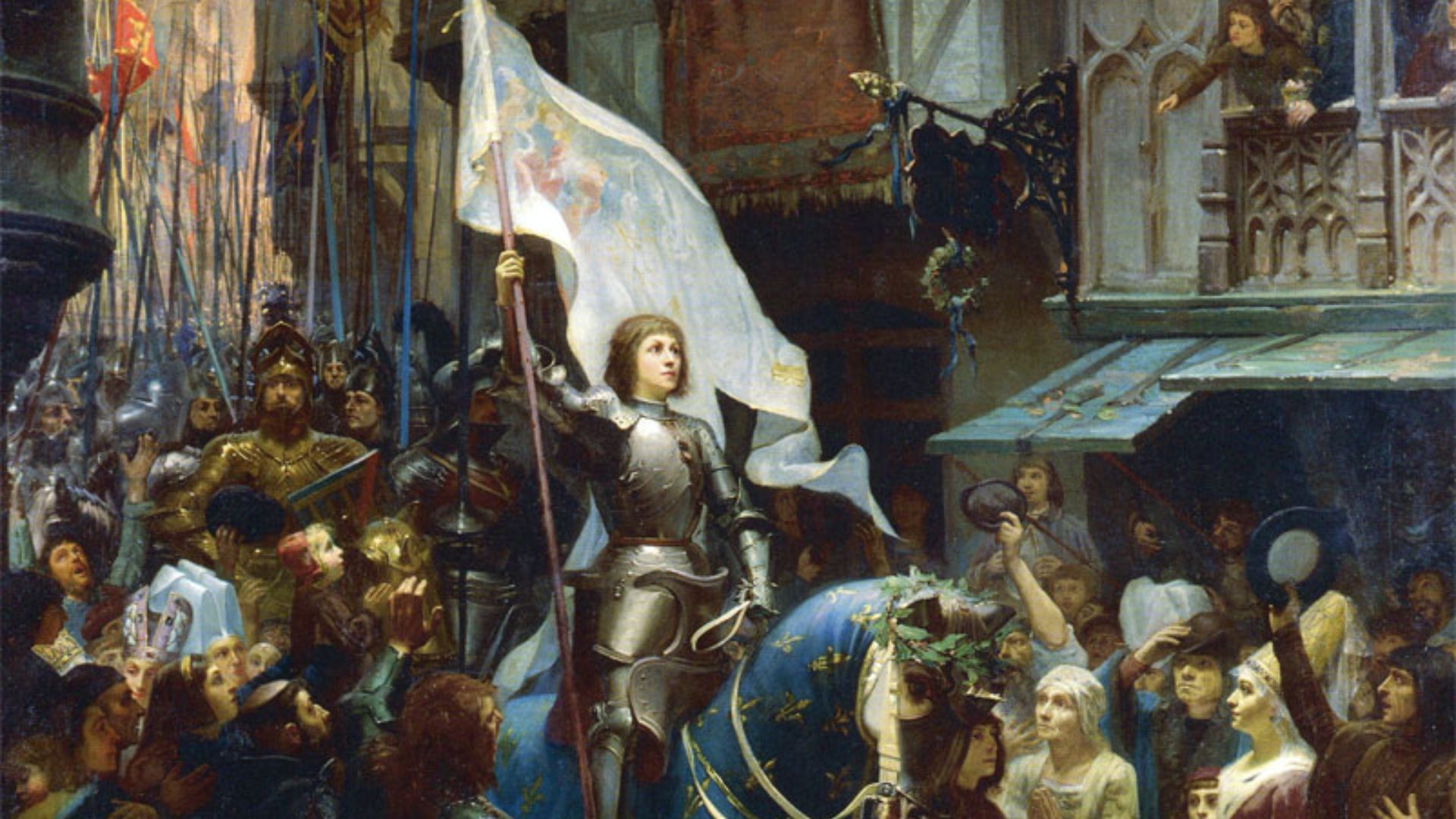 Jean-Jacques Scherrer, Wikimedia Commons
Jean-Jacques Scherrer, Wikimedia Commons
29. She Continued To Lead
Following the good fortune at Orléans, Joan eagerly wanted to keep the momentum going. She firmly pressed the Armagnac command to continue the push forward through a series of battles that would become known as the Loire Campaign. The operation would eventually result in a final victory for France. But Joan did not merely watch from the sidelines.
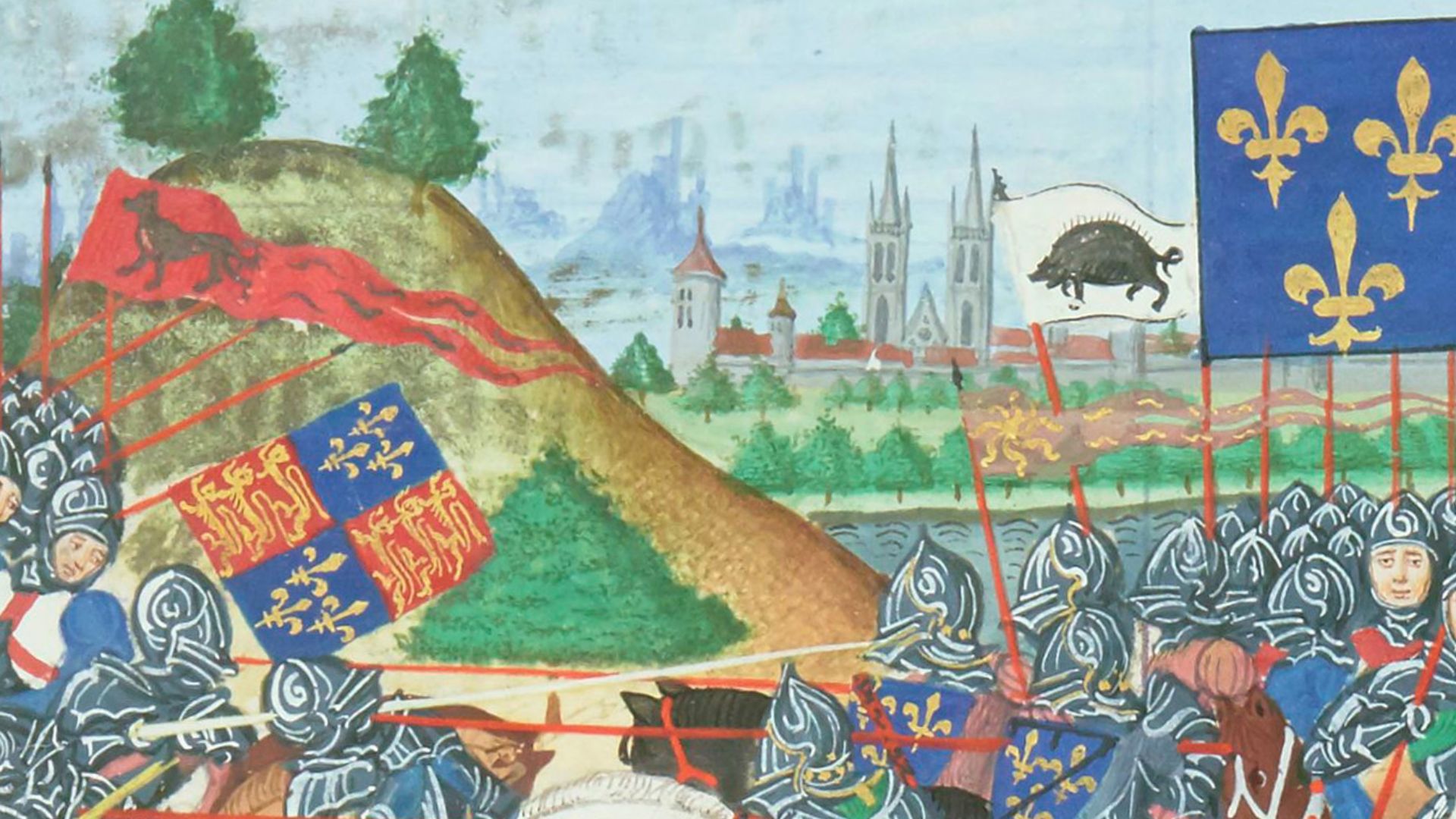
30. She Got Her Hands Dirty
Amazingly, Joan, despite her small stature and inexperience, enthusiastically participated in the thick of battle. She displayed a feisty toughness and used her apparent limitations to her advantage; on one occasion, she scrambled up a ladder against a fortified wall and had her helmet split open by a thrown rock. Joan, unfazed, continued the fighting, determined to see her royal champion get his due.
 Hulton Archive, Getty Images
Hulton Archive, Getty Images
31. She Insisted On A Ruler
High on their victory, the Armagnac leaders were now chomping at the bit to continue their press into English-occupied Normandy. However, due to the tumultuous situation of the conflict, King Charles VII had never actually received an official coronation. With the royal site of Reims freshly liberated, and with Joan viewing the King as ordained by God, she insisted that Charles be ceremoniously crowned before any further fighting took place. The crown returned her advocacy in favor.
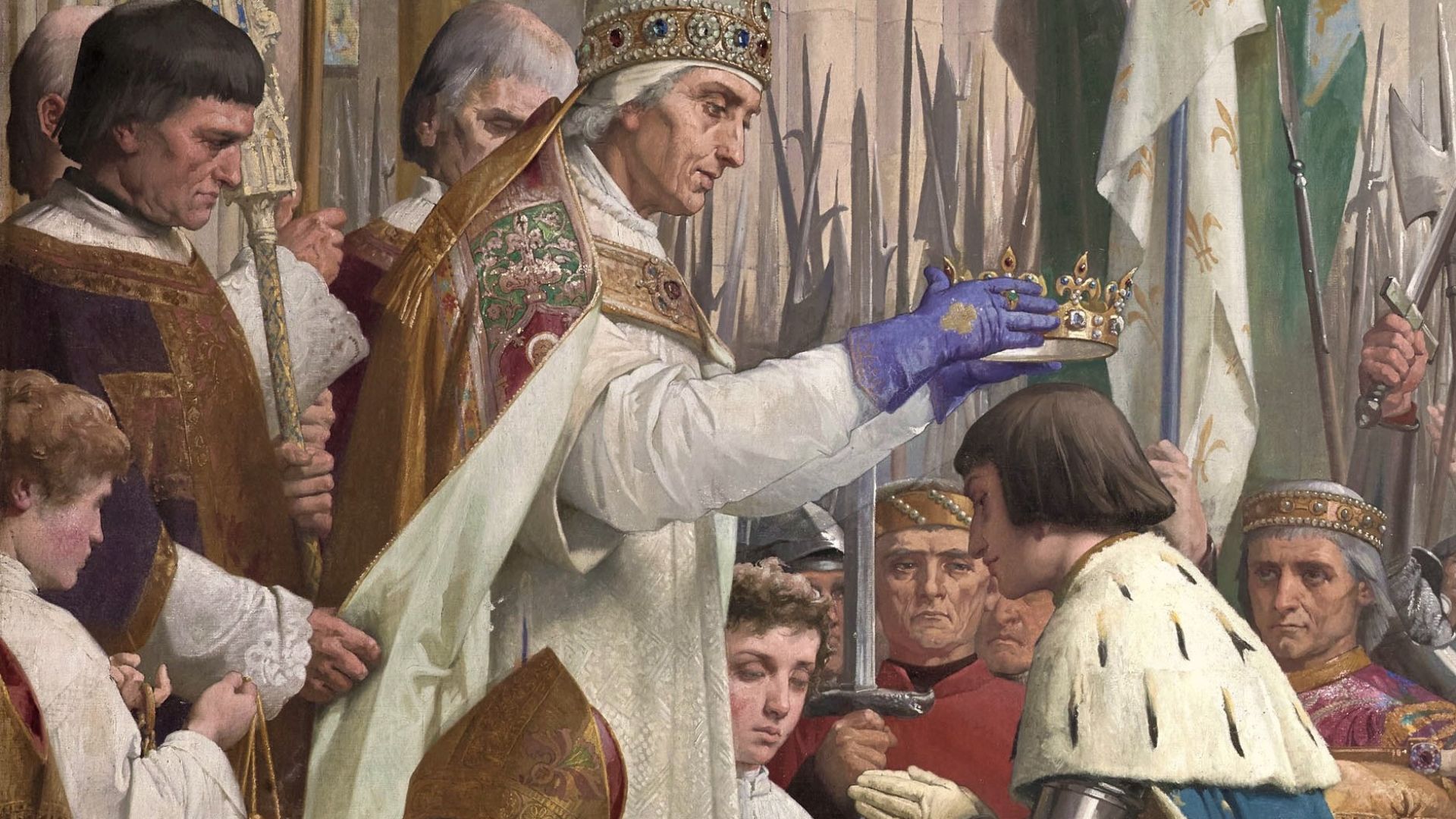 Eugène Lenepveu, Wikimedia Commons
Eugène Lenepveu, Wikimedia Commons
32. She Had An Honored Place
On July 17, 1429, King Charles VII finally got his crown at an illustrious coronation ceremony. Joan received a place of honor by his side, a monumental achievement for someone who started their life as a seemingly insignificant peasant girl. Exclaiming that God’s will had been satisfied, Joan set her sights on France’s next campaign.
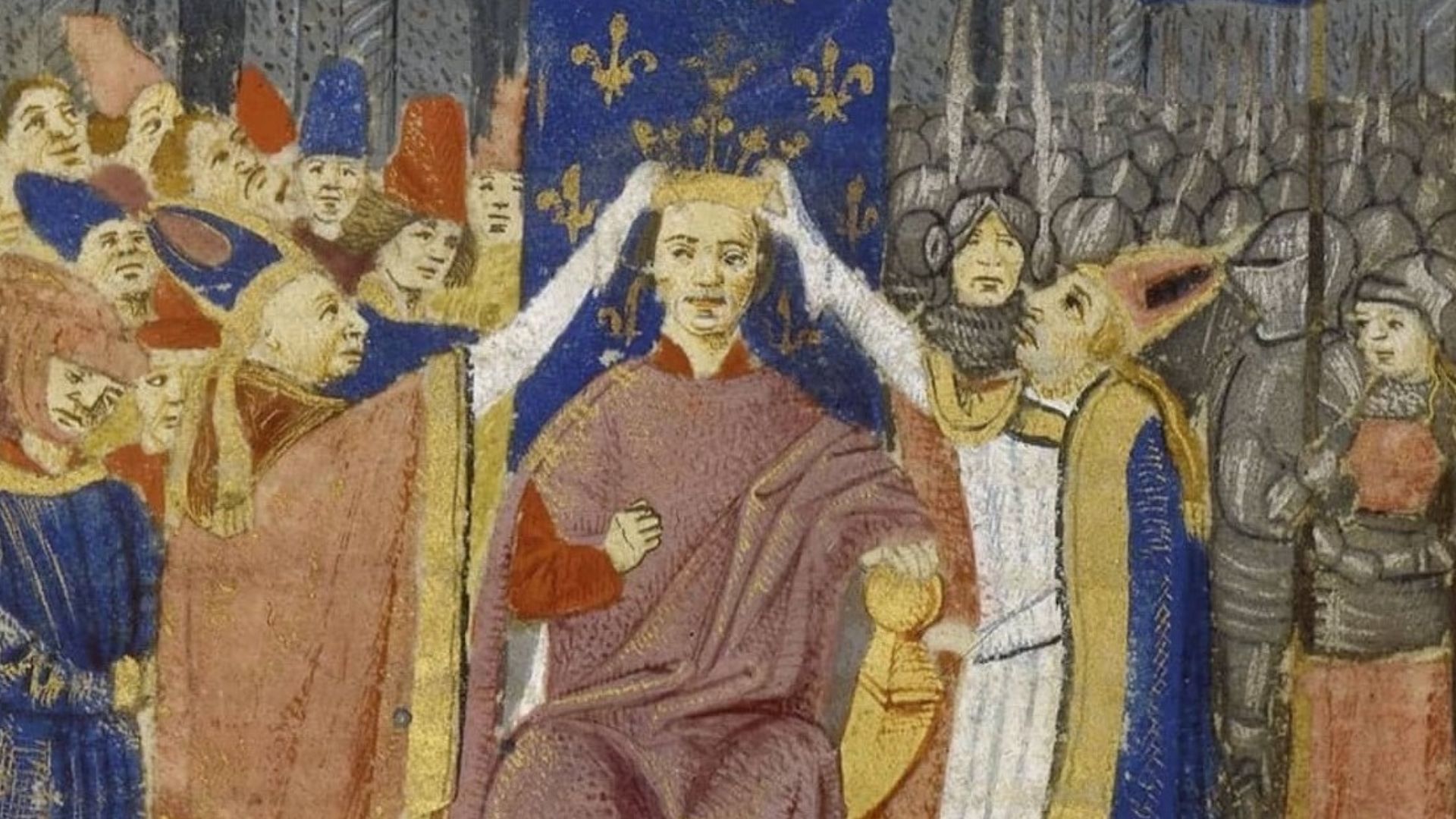 Unknown authorUnknown author, Wikimedia Commons
Unknown authorUnknown author, Wikimedia Commons
33. She Overplayed Her Hand
After failed negotiations with the Duke of Burgundy over the peaceful transfer of power in Paris to the Armagnacs, Joan convinced the commanders to launch an assault on the city on September 8. The attack did not go well.
Joan herself received a wound in the leg from a crossbow bolt and the Armagnac forces suffered major losses. But Joan insisted the attack go on. However, King Charles ultimately ordered the fighting to stop, resulting in defeat for the Armagnacs. Joan’s position grew more tenuous.
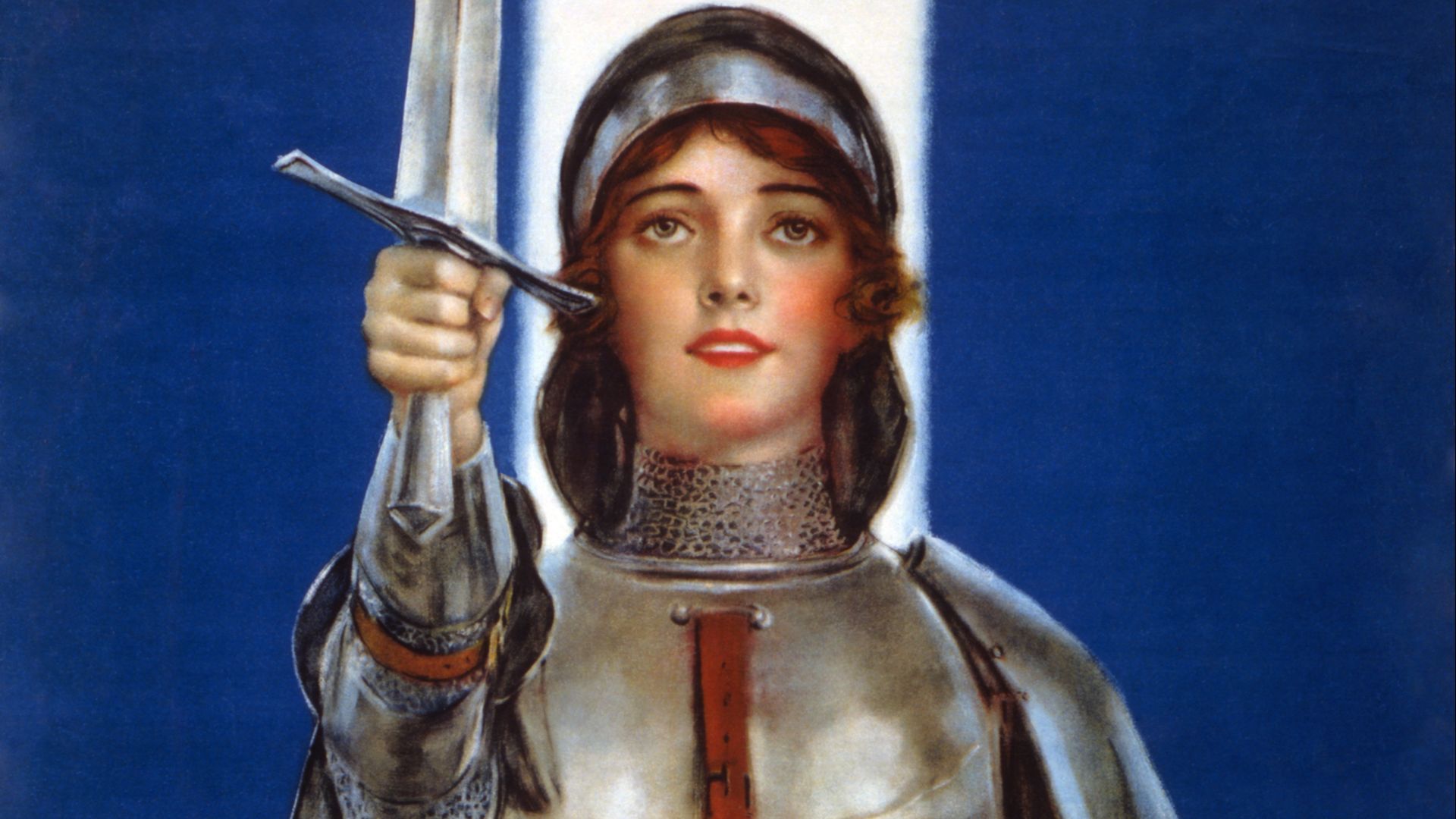 William Haskell Coffin, Wikimedia Commons
William Haskell Coffin, Wikimedia Commons
34. Her Influence Diminished
After defeat in Paris, the initial wave of enthusiasm for Joan began to wane. Her aggressive independence and insistence on fighting to the bitter end began to clash with the more ubiquitous advocacy for a diplomatic solution within the court. Many even saw her failure to take Paris as evidence against her divine inspiration. Nevertheless, her newfound position continued to solidify.
 Silver Screen Collection, Getty Images
Silver Screen Collection, Getty Images
35. Her Family Rose Up
By December, the King insisted that Joan return to court. Joan, displeased at this command, obeyed, nonetheless. Perhaps to soften the blow, and as a reward for her services to the kingdom, Charles ennobled Joan’s family, raising their stature beyond any peasant’s wildest dreams. But Joan was a fighter, not a noble, and she grew restless.
 Hulton Archive. Getty Images
Hulton Archive. Getty Images
36. She Broke Rank
After the failed Paris campaign, the King negotiated a truce with the Duke of Burgundy. As part of the treaty, the duke had permission to reclaim towns previously captured by the Armagnacs, now ceded to him. One such town was Compiègne, which resisted the duke’s attempts at reclamation.
Inspired by this, Joan organized her own mission in March 1490 with a group of volunteers to help defend the town—without permission from the court. It would prove disastrous for the young maiden.
 Branger, Getty Images
Branger, Getty Images
37. She Failed An Attack
Joan’s march toward Compiègne was initially successful, as she and her forces beat back Burgundian resistance. However, arriving at their destination with a dwindled force on May 23, the forces’ attack on Compiègne was unsuccessful and Joan was captured by the Burgundians. She would not exactly be a gracious guest, though.
 DEA PICTURE LIBRARY, Getty Images
DEA PICTURE LIBRARY, Getty Images
38. She Tried To Get Out
Taken immediately into custody, her captors quickly moved Joan to a castle near Noyes, where she made one failed escape attempt. After that, the Burgundians moved her to a more fortified structure, Beaurevoir Castle. But it made no difference to the scrappy young girl.
Joan made another daring escape attempt, this time leaping from a tower window into an empty moat. This resulted in an injury and, unfortunately, she failed to escape her captors. But it was enough for the Burgundians to know they needed to get rid of this headache.
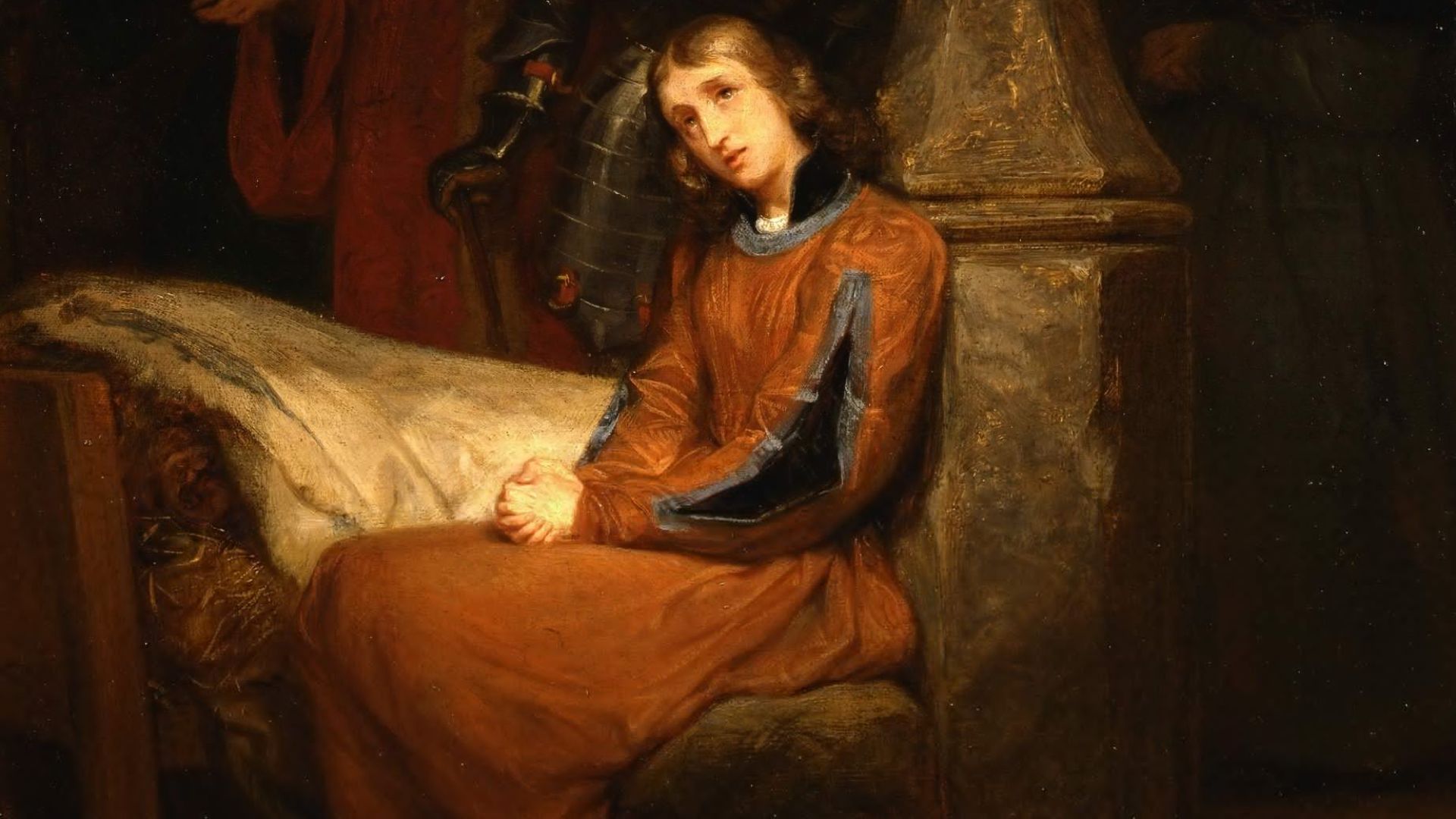 Gillot Saint-Evre, Wikimedia Commons
Gillot Saint-Evre, Wikimedia Commons
39. She Got Transferred
The English, having witnessed Joan’s outsized skill firsthand, were delighted that she no longer posed a threat. However, they wanted to ensure they wouldn’t have to deal with her again. Negotiating with their Burgundian allies, the English agreed to pay her ransom and Joan found herself ushered into their custody, her fate now sealed.
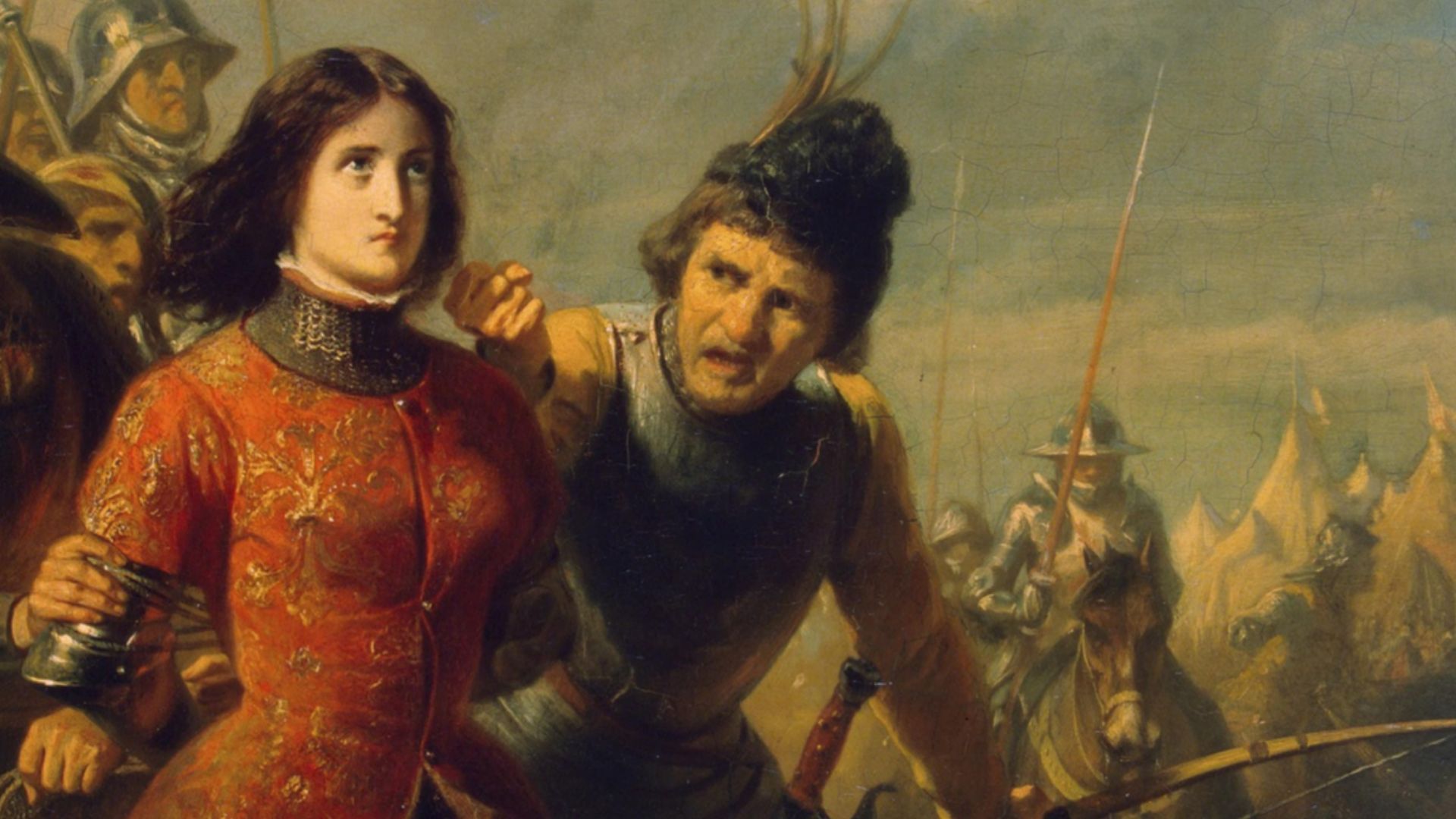 Adolf Alexander Dillens, Wikimedia Commons
Adolf Alexander Dillens, Wikimedia Commons
40. She Was Put On Trial
With Joan of Arc under their watch, the English knew they had to finish her once and for all. They decided to take an ecclesiastic route, and on January 9, 1431, Joan stood trial for heresy in Rouen. The charges were numerous and shocking.
 Paul Delaroche, Wikimedia Commons
Paul Delaroche, Wikimedia Commons
41. She Had A Laundry List Of Allegations
The English held nothing back when it came to charging Joan. She faced accusations of blasphemy simply because she wore men’s clothes. They also charged her with acting upon demonic visions, and of refusing to submit to the church (as Joan believed that God alone would judge her).
It was clearly a politically motivated endeavor. But more egregious than the accusations was the trial itself.
 Bettmann, Getty Images
Bettmann, Getty Images
42. She Got Screwed Over
The trial of Joan of Arc is one of the most heavily documented events of the era. From these sources, we can see just how many inconsistencies the proceedings had. Though it purported to be neutral, most of the participants in the trial were pro-French and the English paid off the presiding judge.
Furthermore, the interrogation had already kicked off before Joan was read her charges, going against custom. The interrogations were coercive, Joan was not provided with legal counsel, and there is even evidence that trial records were falsified. The verdict seemed clear from the beginning, but Joan remained steadfast in the face of injustice.
 Bettmann, Getty Images
Bettmann, Getty Images
43. She Was Cool As A Cucumber
Though the deck was clearly stacked against her, Joan was unfazed, showing great control during the trial. At times she seemed to direct her interrogators, proved incredibly wise when answering questions, and even skillfully avoided incriminating herself when presented with what was clearly a trick question, shocking her interrogators. The prosecutors grew increasingly desperate.
 Bettmann, Getty Images
Bettmann, Getty Images
44. She Received A Threat
When trick questions failed to incriminate Joan, the court switched tactics to intimidation. The judge threatened her with torture, even going so far as to have the torture instruments brought into the courtroom to force Joan to submit. She refused to budge, however. In the end, most of the clerical jurors voted against hurting the young girl. But it was the only decision that went her way.
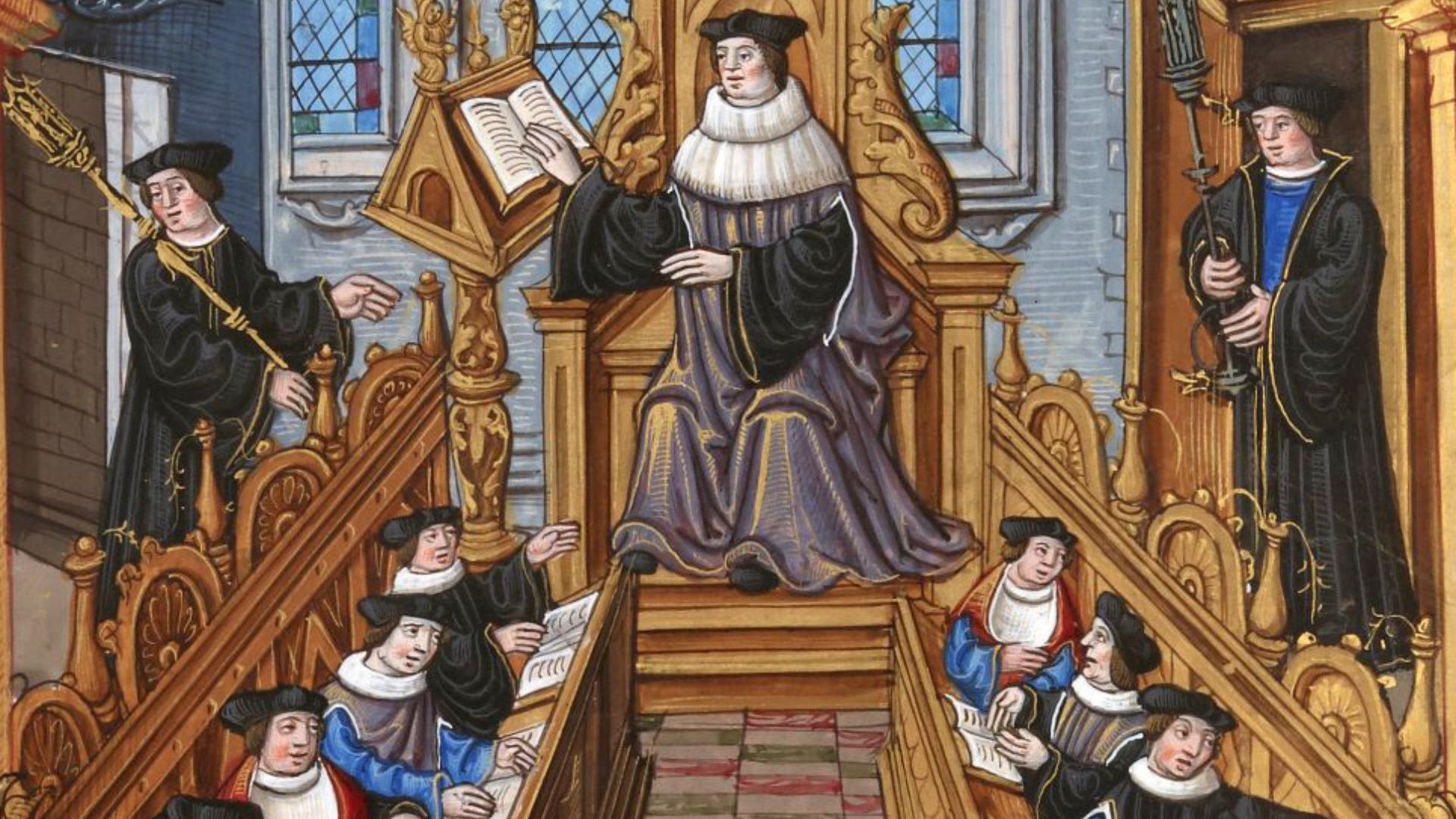 Étienne Colaud, Wikimedia Commons
Étienne Colaud, Wikimedia Commons
45. She Made A Shocking Promise
Finally, on May 23, the court formally charged Joan with heresy. However, she wound up signing an abjuration document, thus making a shocking promise. Not only did she agree not to use any weapons and deny her visions, but she also agreed to stop wearing men's clothing—evidence of her heresy. But here's where things got even messier.
 Print Collector, Getty Images
Print Collector, Getty Images
46. Her Life Became A Nightmare
Joan had to keep her promises or risk being accused of heresy all over again. Sources say that she had no choice but to put on men's clothes, because the guards made her do it. Even worse? She was treated unspeakably in her cell, with the guards attempting to force themselves on her.
 Culture Club, Getty Images
Culture Club, Getty Images
47. She Relapsed
Joan argued for her right to wear men's clothes while in proximity to male guards, and asked to be moved to another prison. However, there was yet another promise she walked back on: Joan refused to turn her back on her visions. This was the final nail in the coffin, ultimately leading her to be branded a relapsed heretic. Her ultimate fate was unforgettable.
 Evening Standard, Getty Images
Evening Standard, Getty Images
48. She Had A Devastating Request
Joan was sentenced to be burned alive on May 30, 1431—but before her hands got tied up, she had a devastating request. She wanted to look at a cross throughout her execution. An English officer obliged, fashioning her one out of a stick. Joan pressed her lips to the sad symbol and it lay by her chest. But that wasn't all.
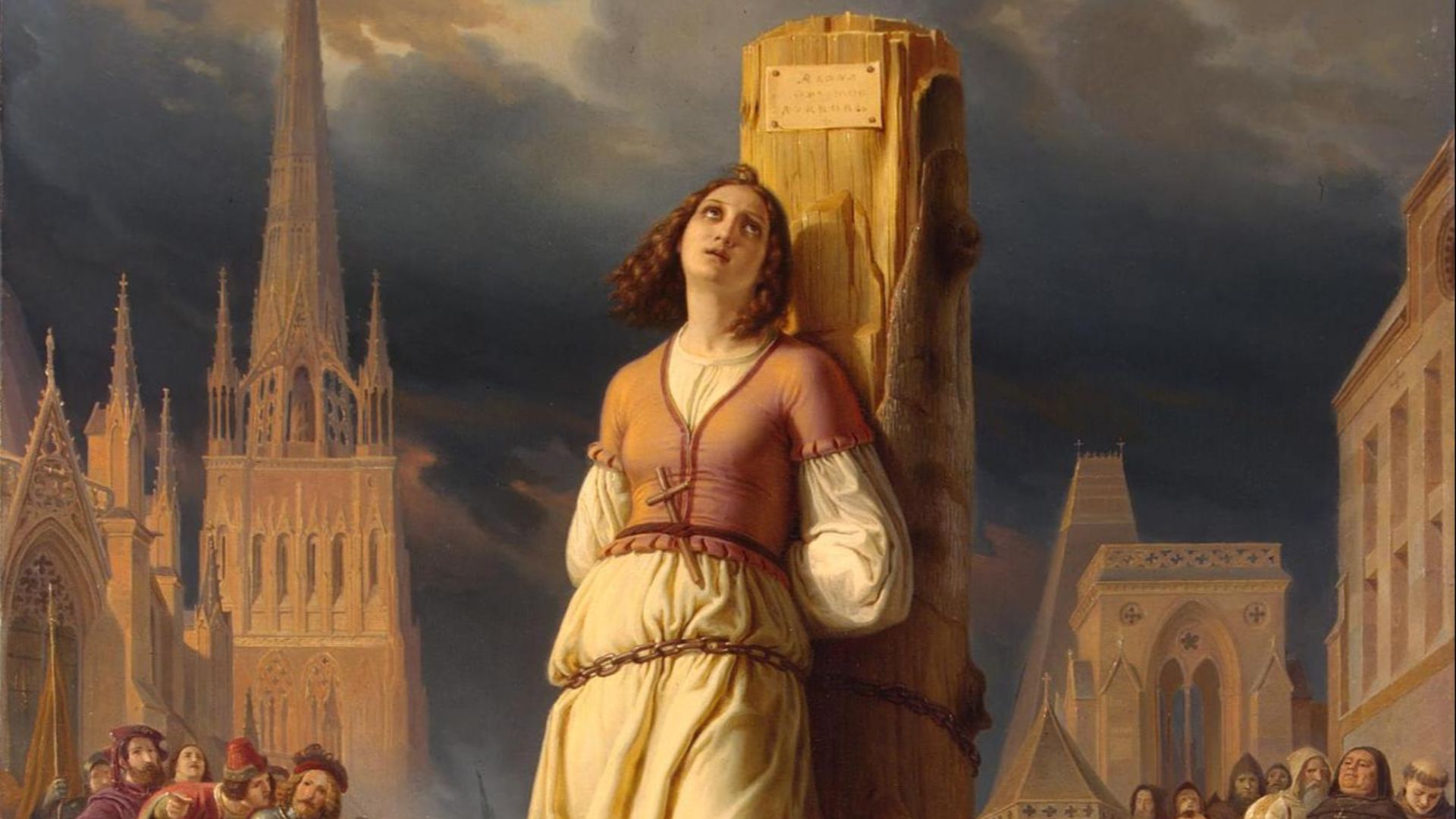 Hermann Stilke, Wikimedia Commons
Hermann Stilke, Wikimedia Commons
49. She Kept Her Eyes On The Cross
Joan was also presented with a professional crucifix which she held close to her prior to getting properly restrained. This was the cross she stared at as she passed away in the flames. What was left of her body wound up scattered to the Seine River.
But though Joan would not live to see her name redeemed, her martyrdom would soon be honored.
 Kean Collection, Getty Images
Kean Collection, Getty Images
50. Her Name Got Cleared
22 years after Joan’s demise, the French were victorious in the long conflict with England—the Brits expelled from most of the country. This gave the French more sway with the Vatican and, in 1455, a rehabilitation trial began for Joan of Arc. The investigation concluded that, due to deceit and errors in the procedure, her initial trial would be posthumously overturned. Her stature in the Church only rose from there.
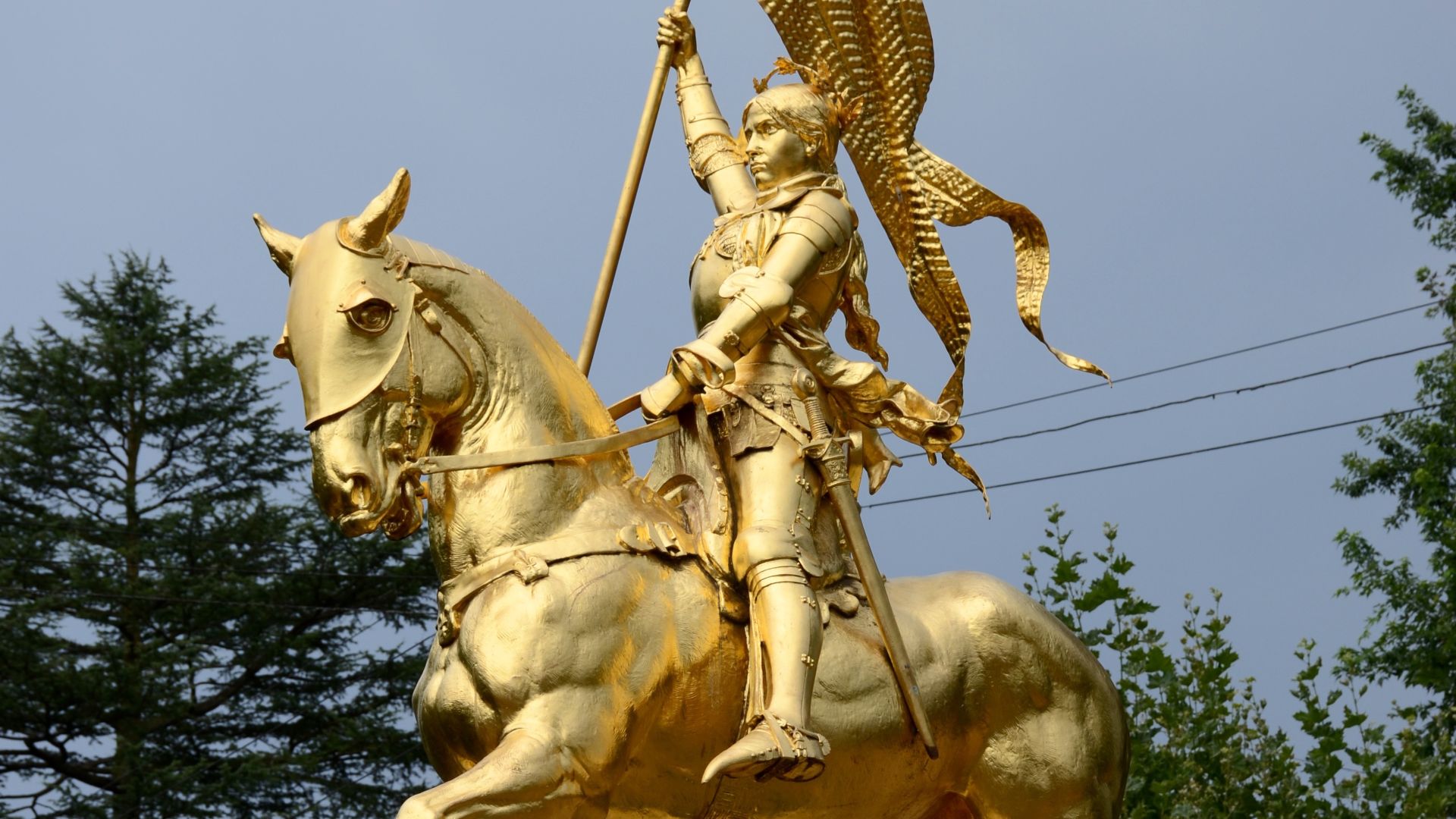 Steve Morgan, Wikimedia Commons
Steve Morgan, Wikimedia Commons
51. She Got Venerated
Joan’s image only improved as the years went on. Though initially accused of heresy by the Catholic Church, the very same institution later honored her as an obedient daughter of the faith. Centuries later, her place in the canon would solidify.
 Apic, Getty Images
Apic, Getty Images
52. The Church Honored Her
On March 2, 1922, Pope Pius XI declared Joan of Arc the patron saint of France. As is custom for canonized figures, she received a dedicated feast day, chosen to be May 30, the day of her execution. Despite her religious bona fides, Joan became a symbol of secular France too.
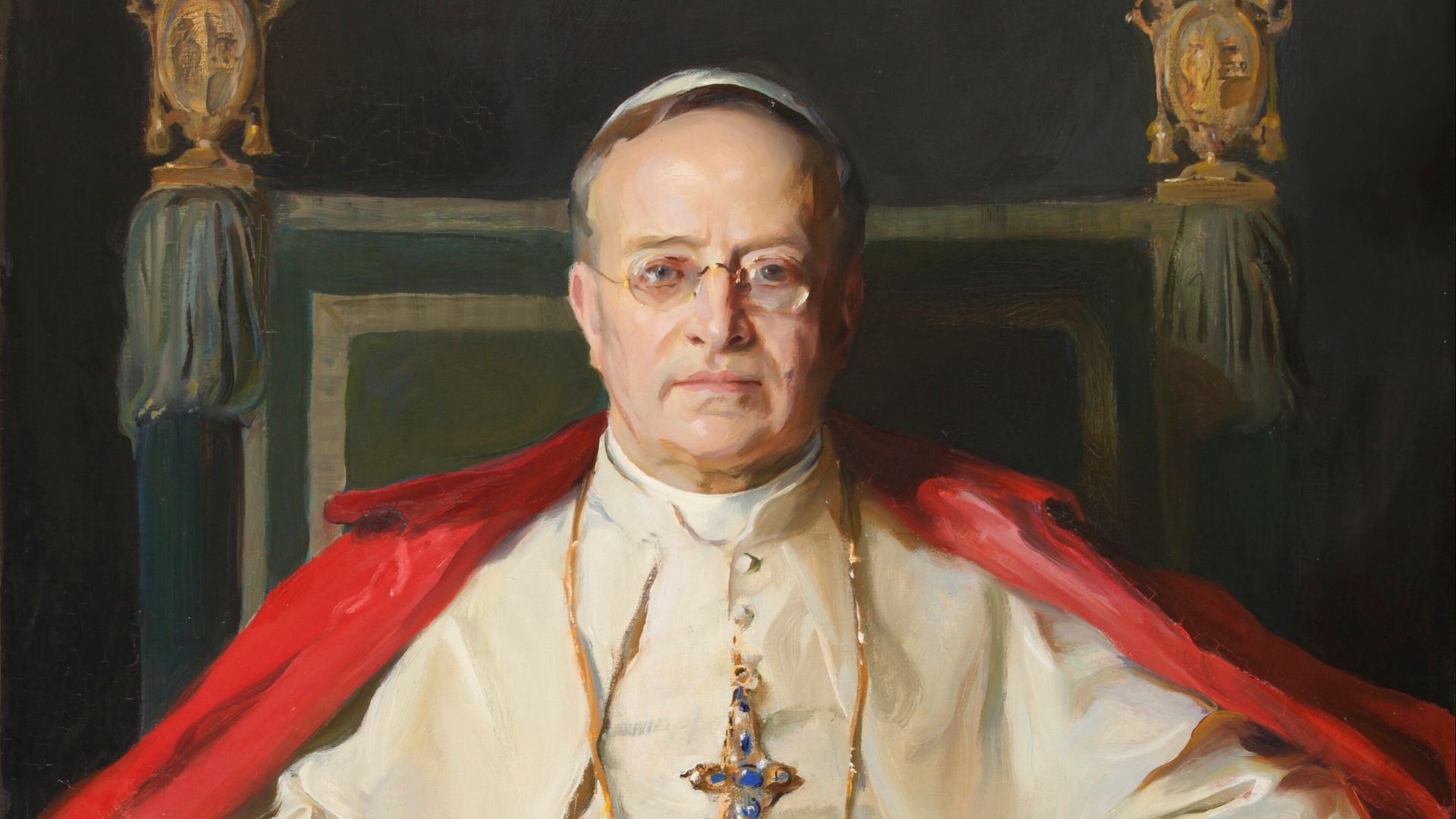 Philip de Laszlo, Wikimedia Commons
Philip de Laszlo, Wikimedia Commons
53. She Became A Symbol
Joan of Arc has become a revered figure in France, seen as the country’s savior, honored as a martyr, and even became the national symbol of the country after the French Revolution, despite her association with the Church and the secular nature of that movement. Her influence has spread far beyond France, however.
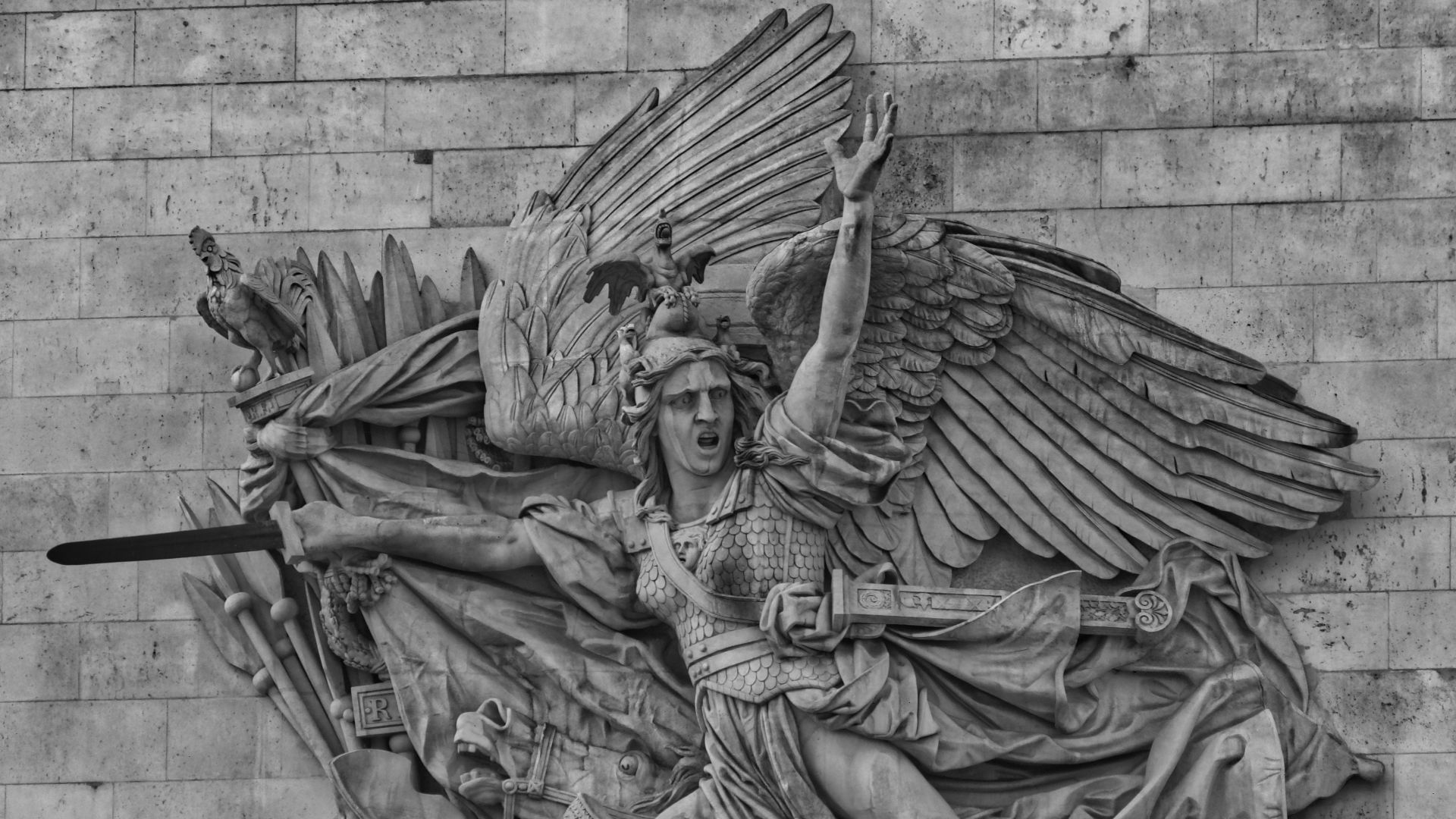 Pascal Bernardon, Unsplash
Pascal Bernardon, Unsplash
54. She Ranks Among The Greatest Women
On top of her reputation as a global icon of independence and liberation, Joan of Arc is notable for her reputation as a feminist. From her insistence on defying gender roles to her leading positions in areas previously only reserved for men, this unassuming young maiden has become a powerful symbol of girl power the world over.
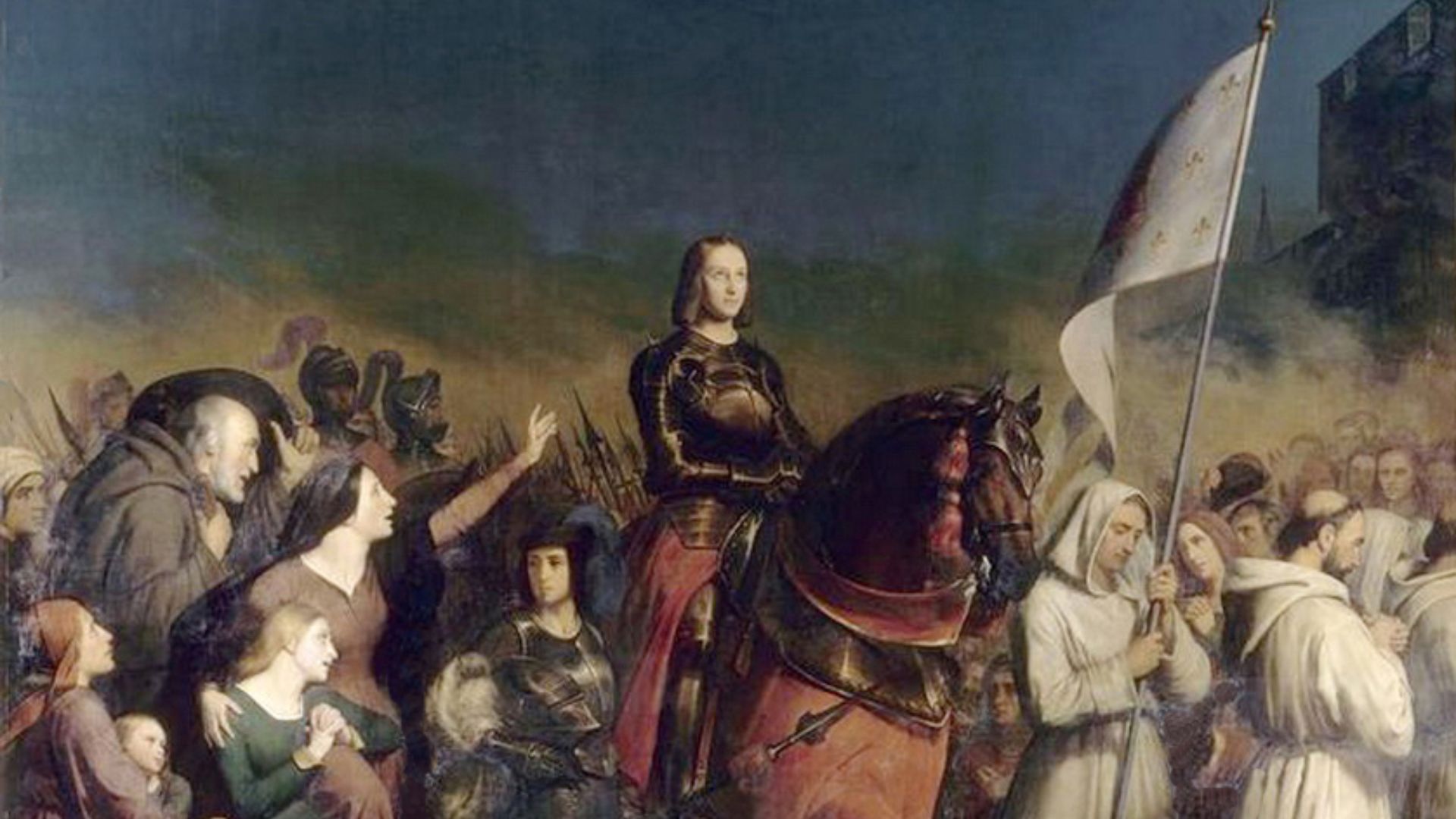 Hendrik Scheffer, Wikimedia Commons
Hendrik Scheffer, Wikimedia Commons
You May Also Like:
The Tudor Countess Who Had Henry VIII Running Scared
History’s Most Tragic Concubine
Sources: 1, 2, 3, 4, 5, 6, 7, 8, 9, 10, 11, 12, 13